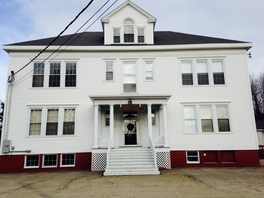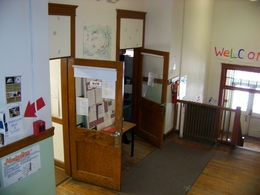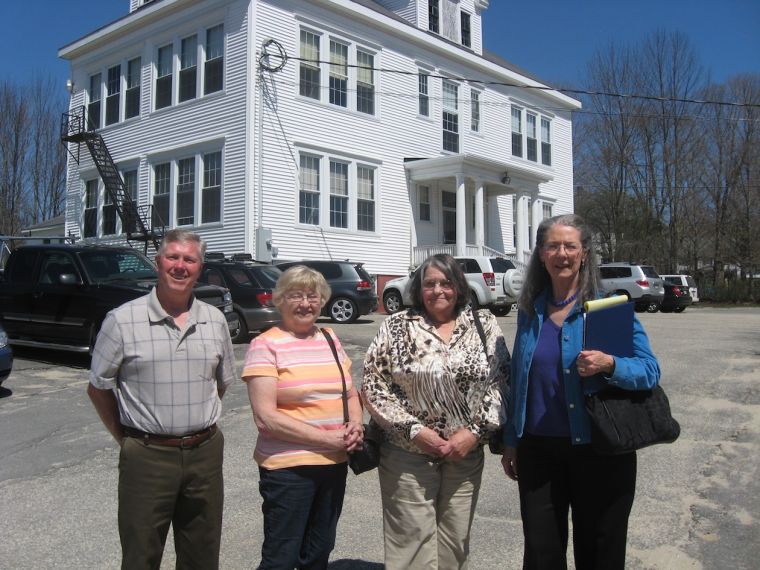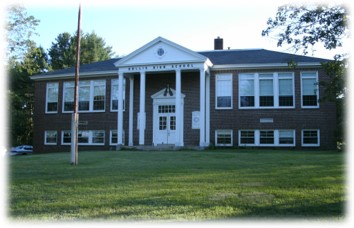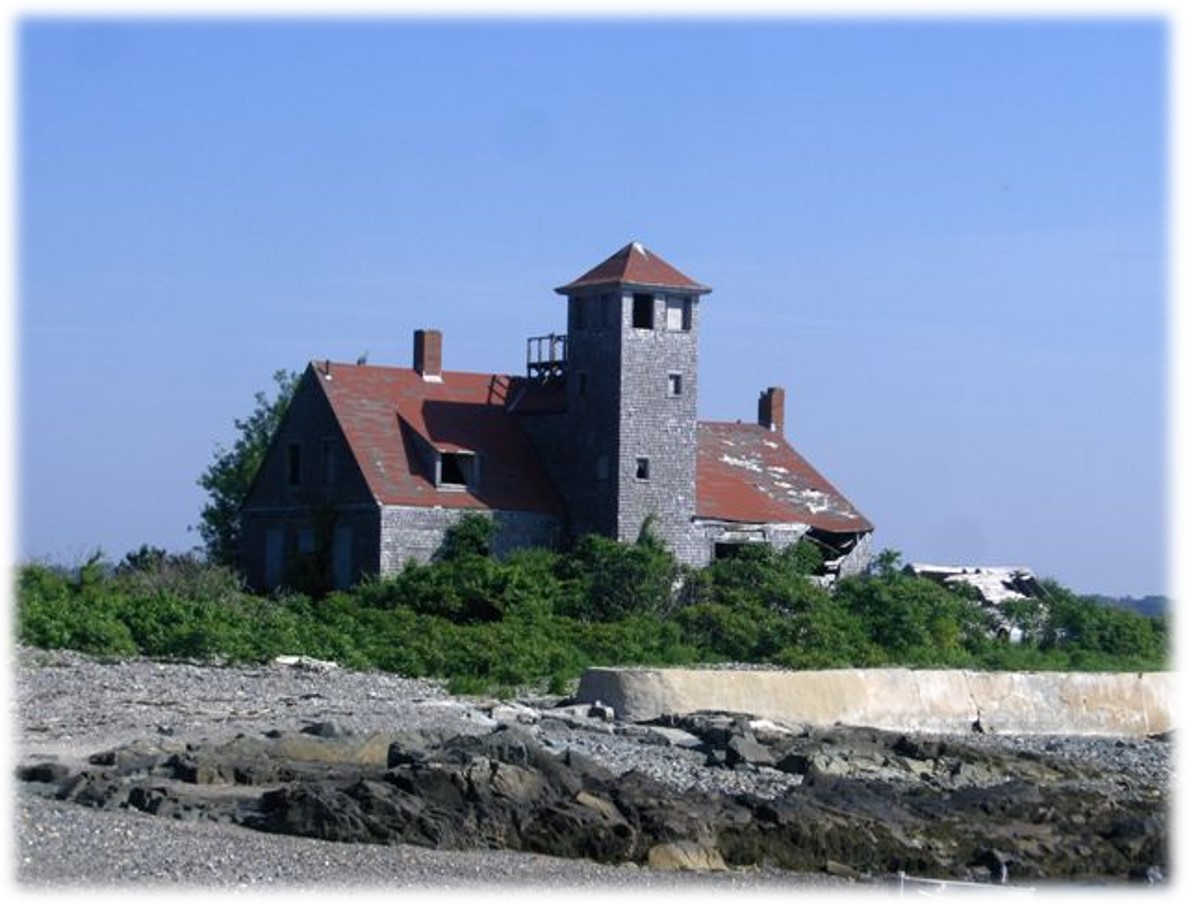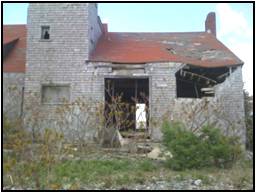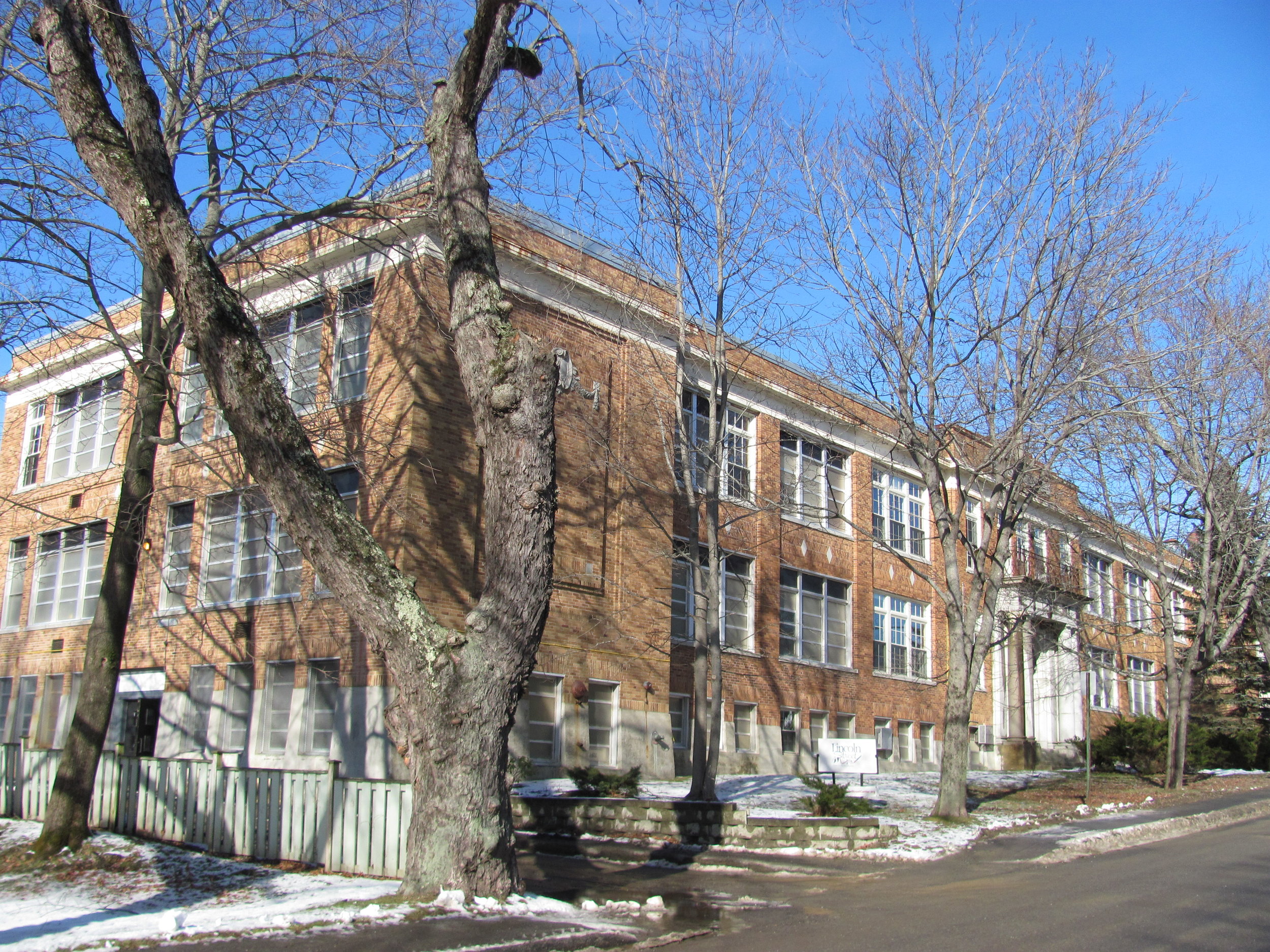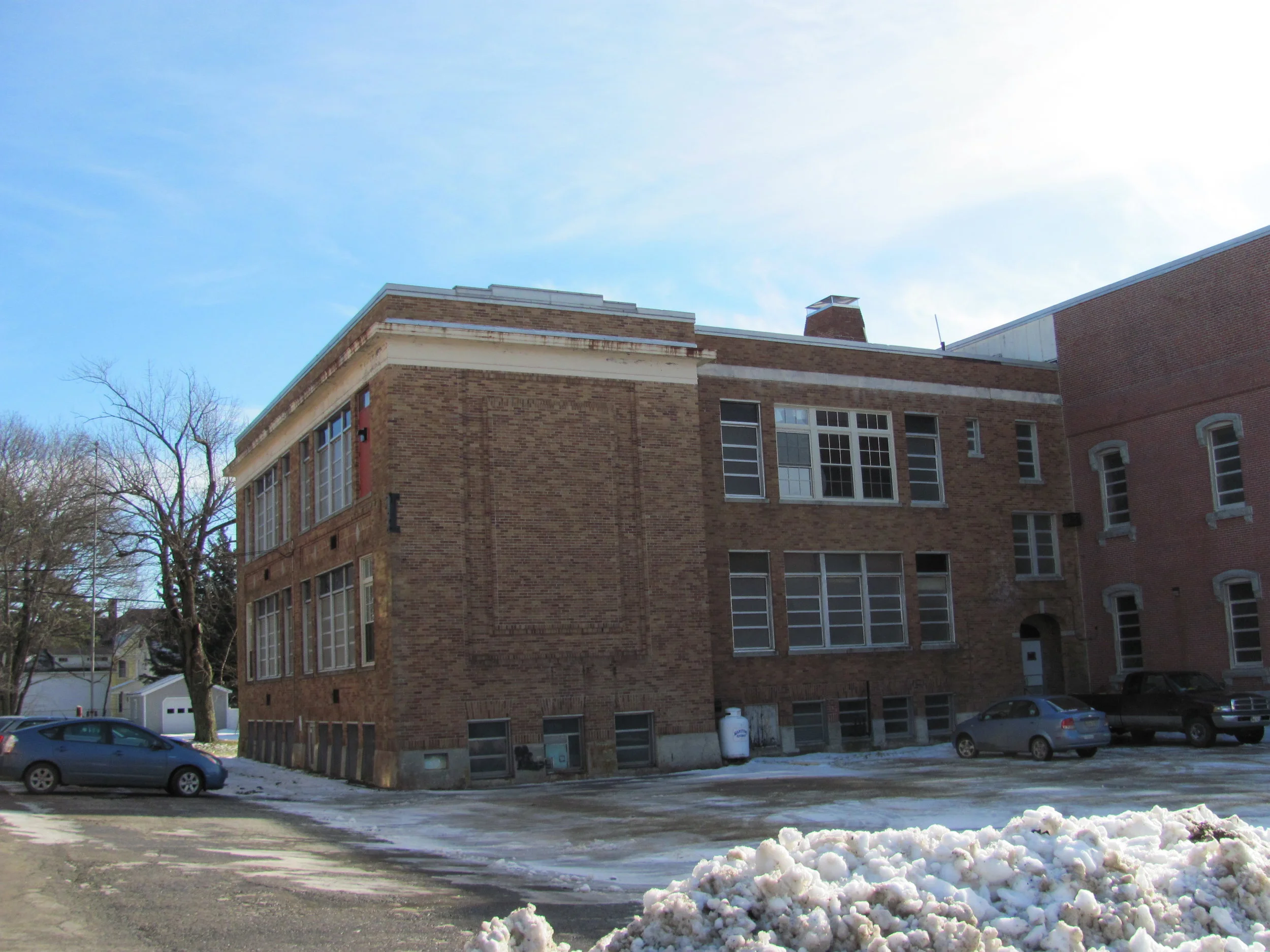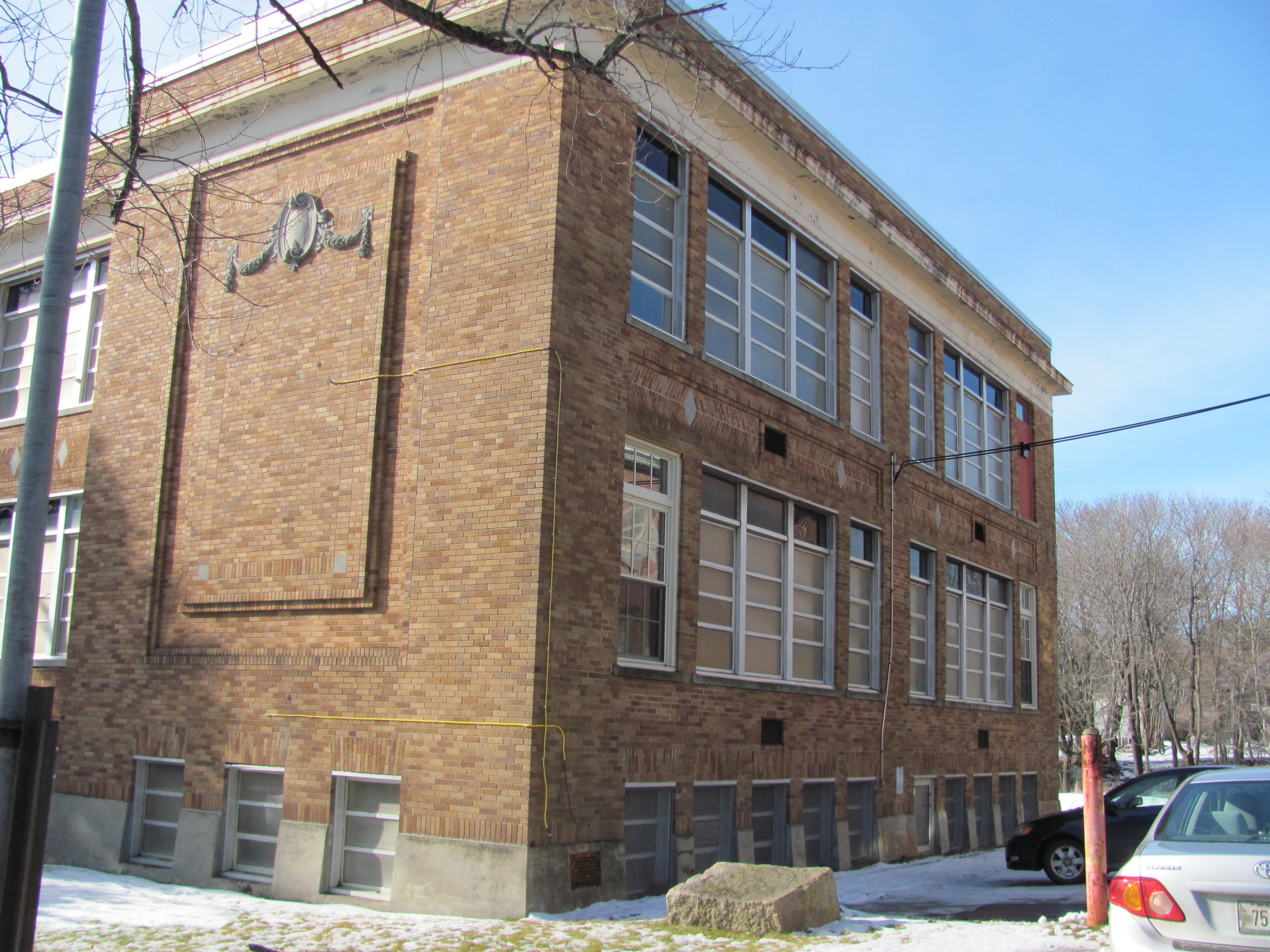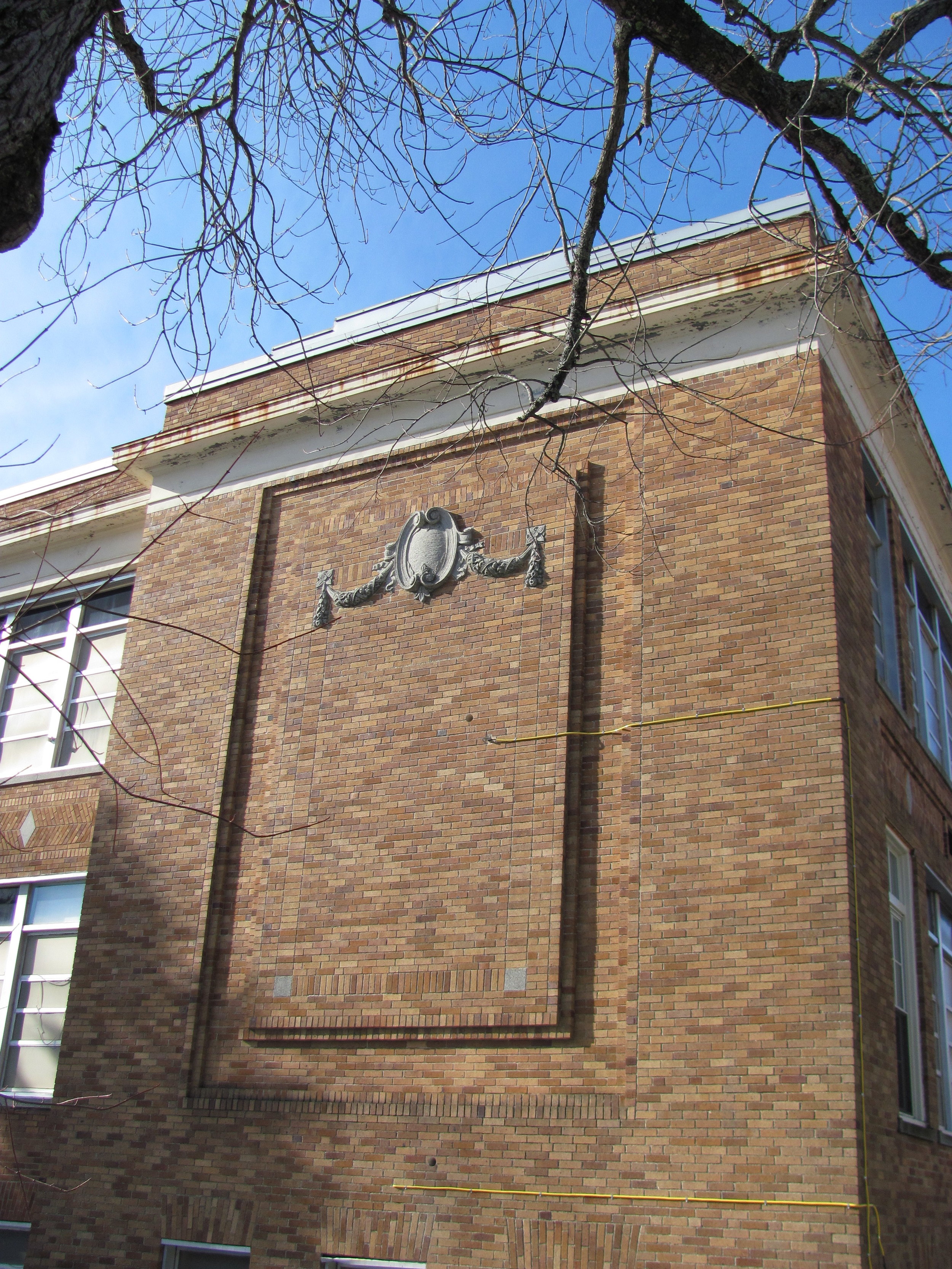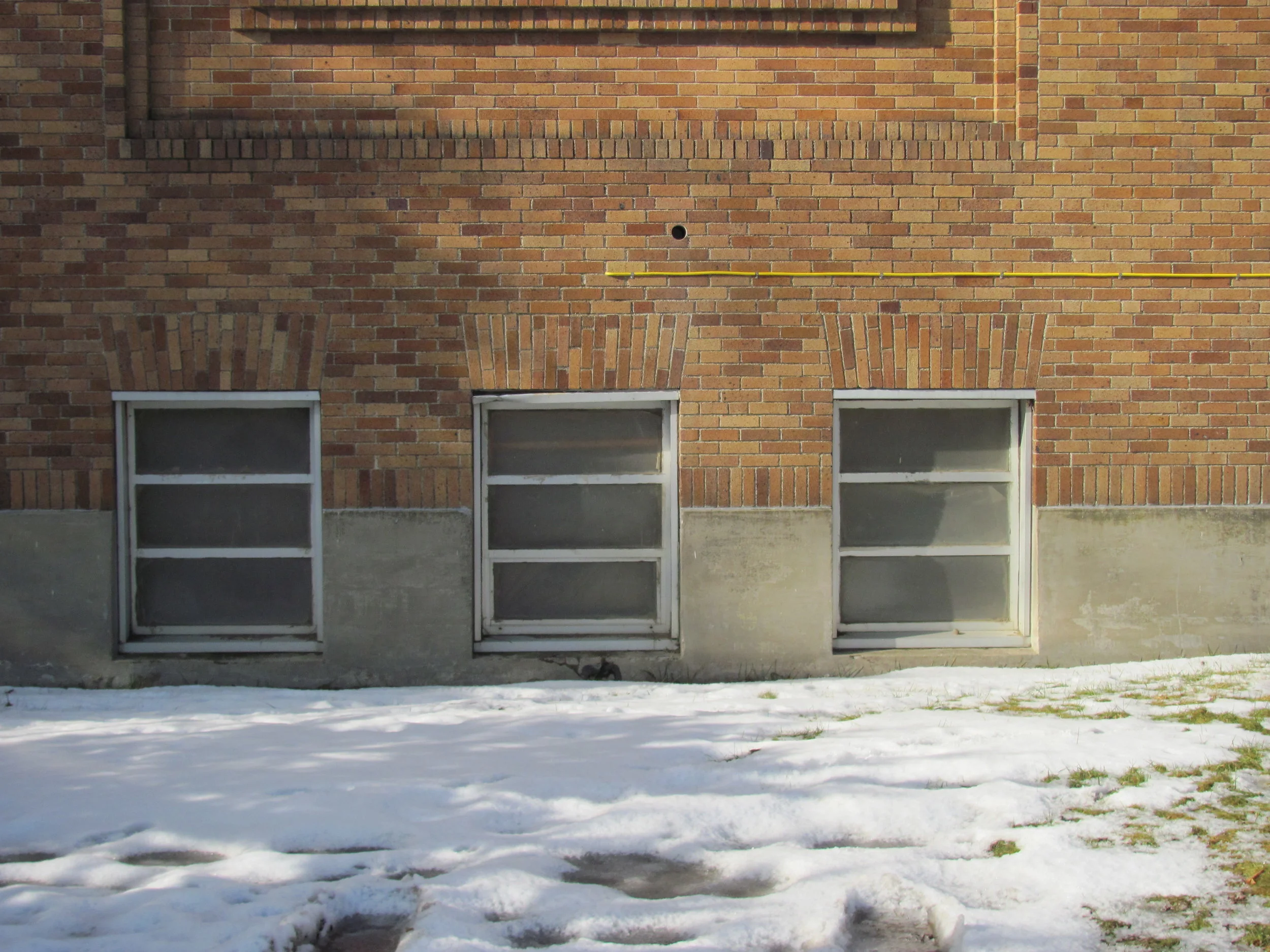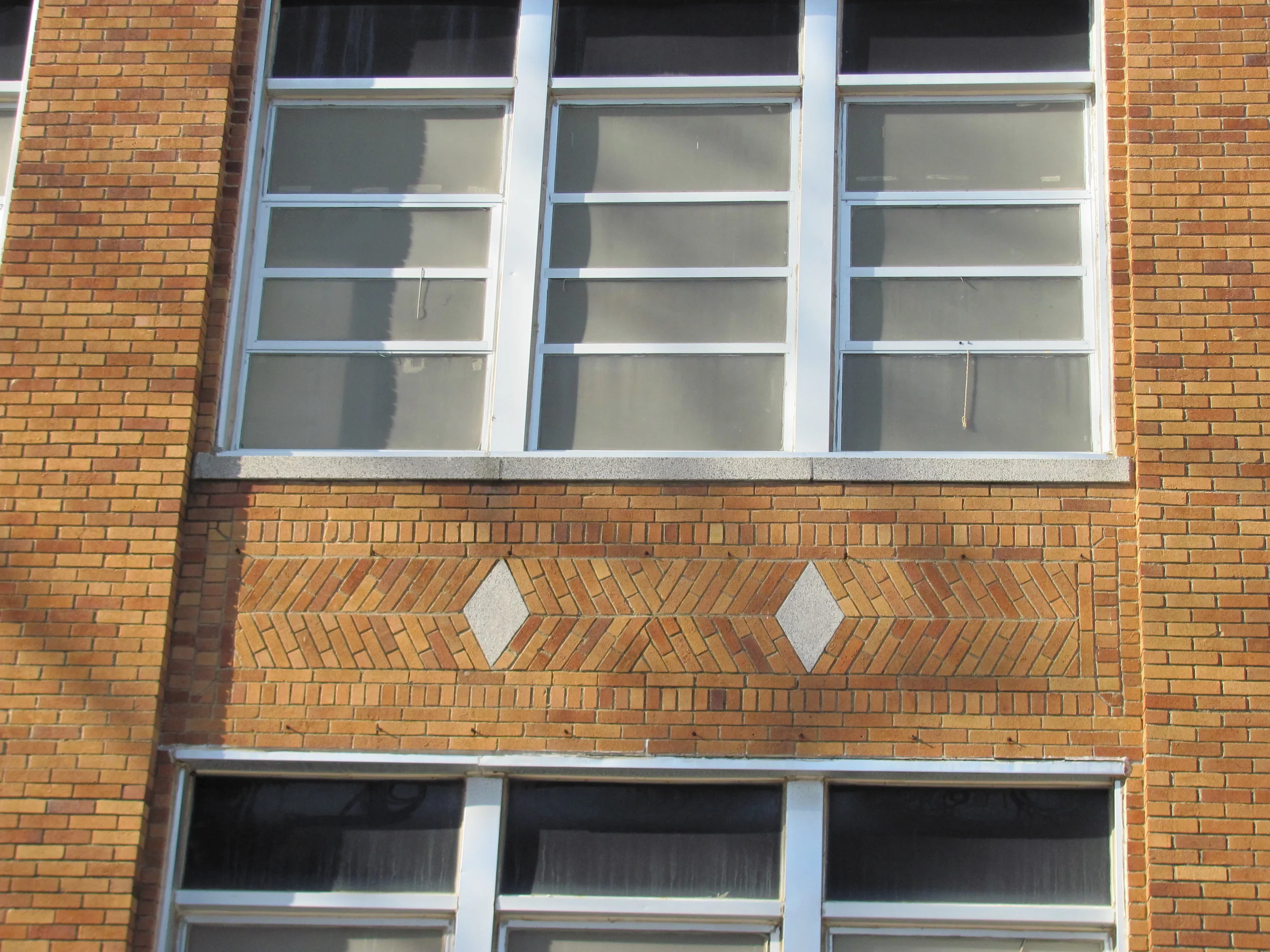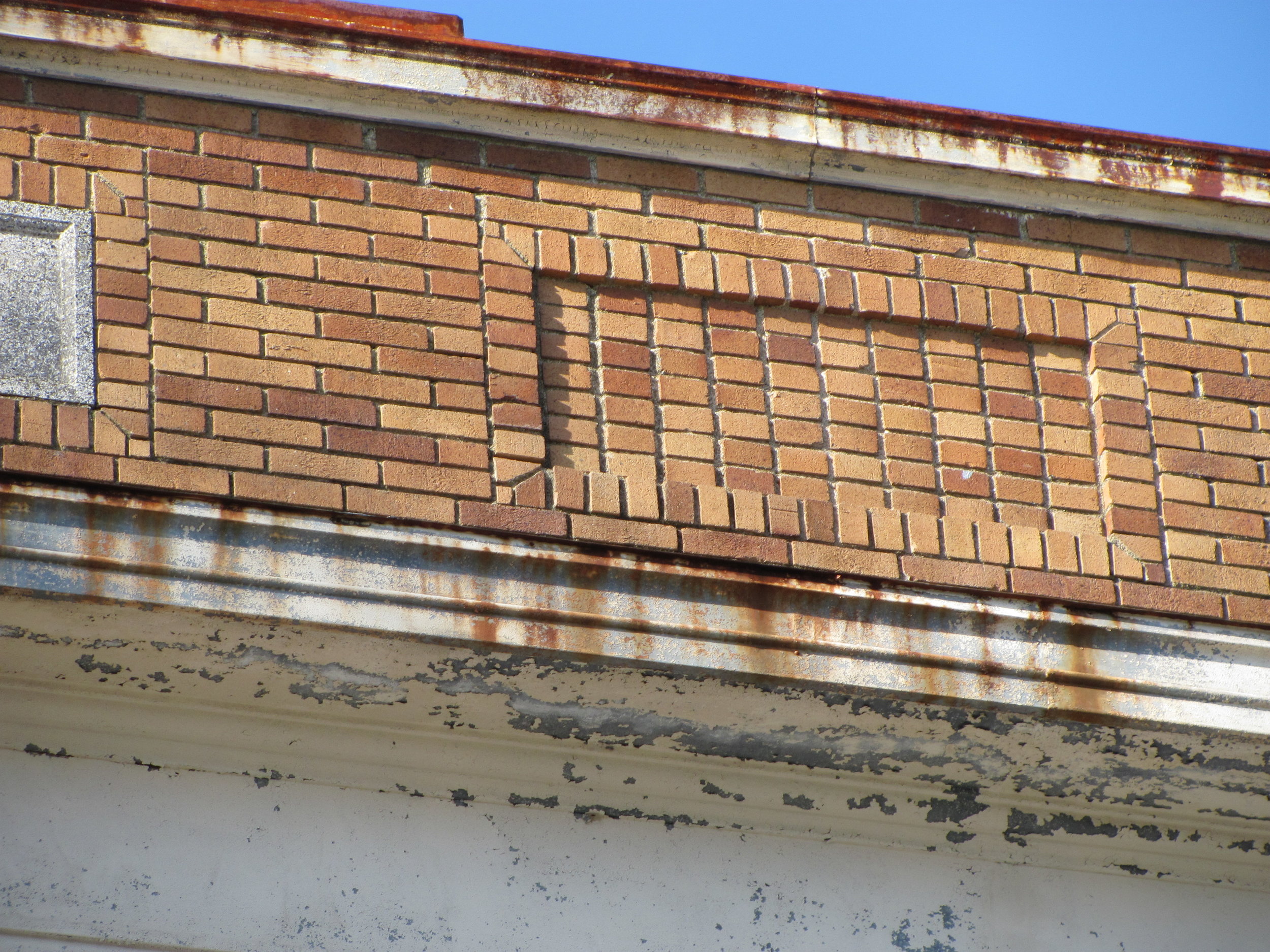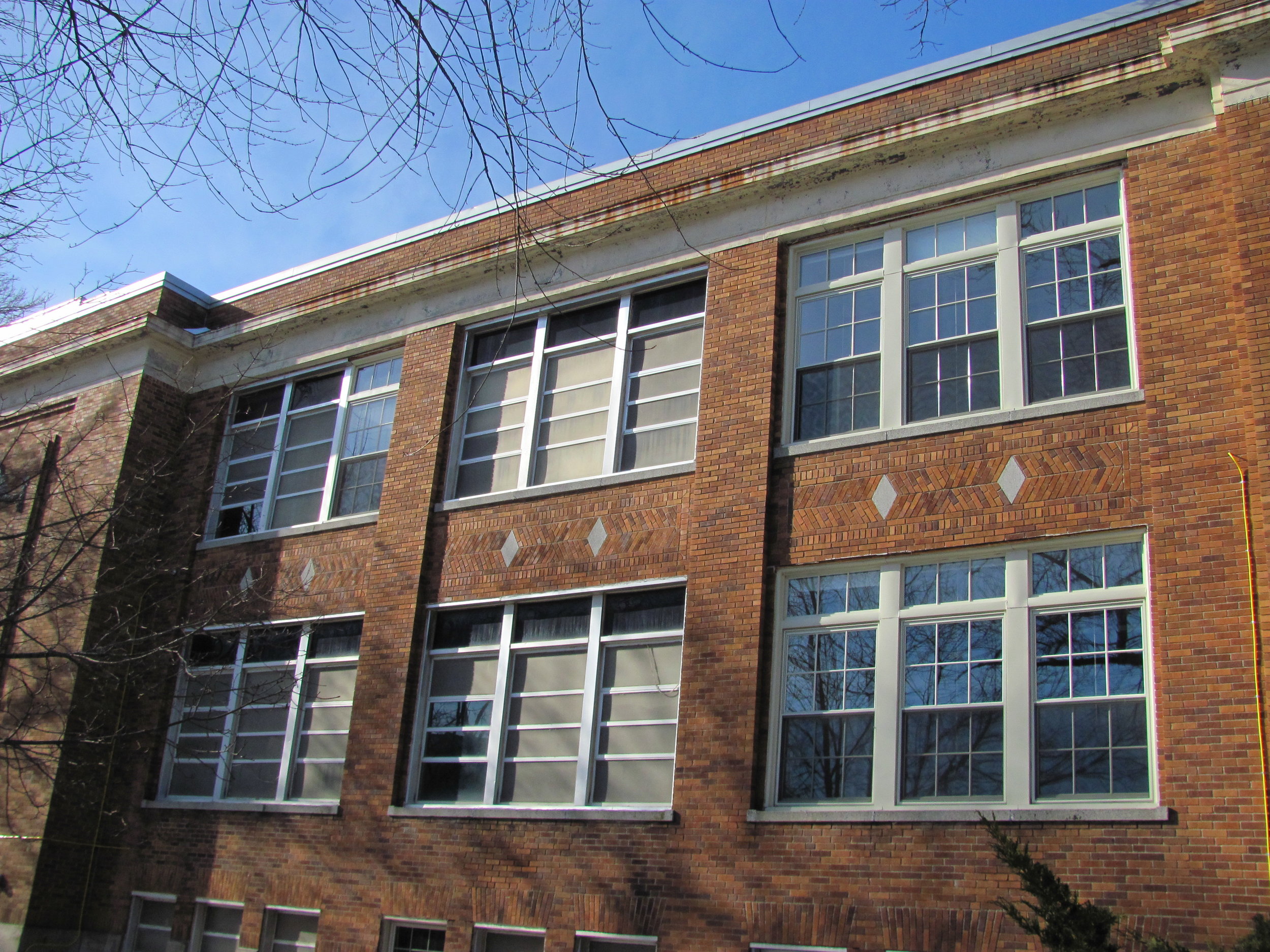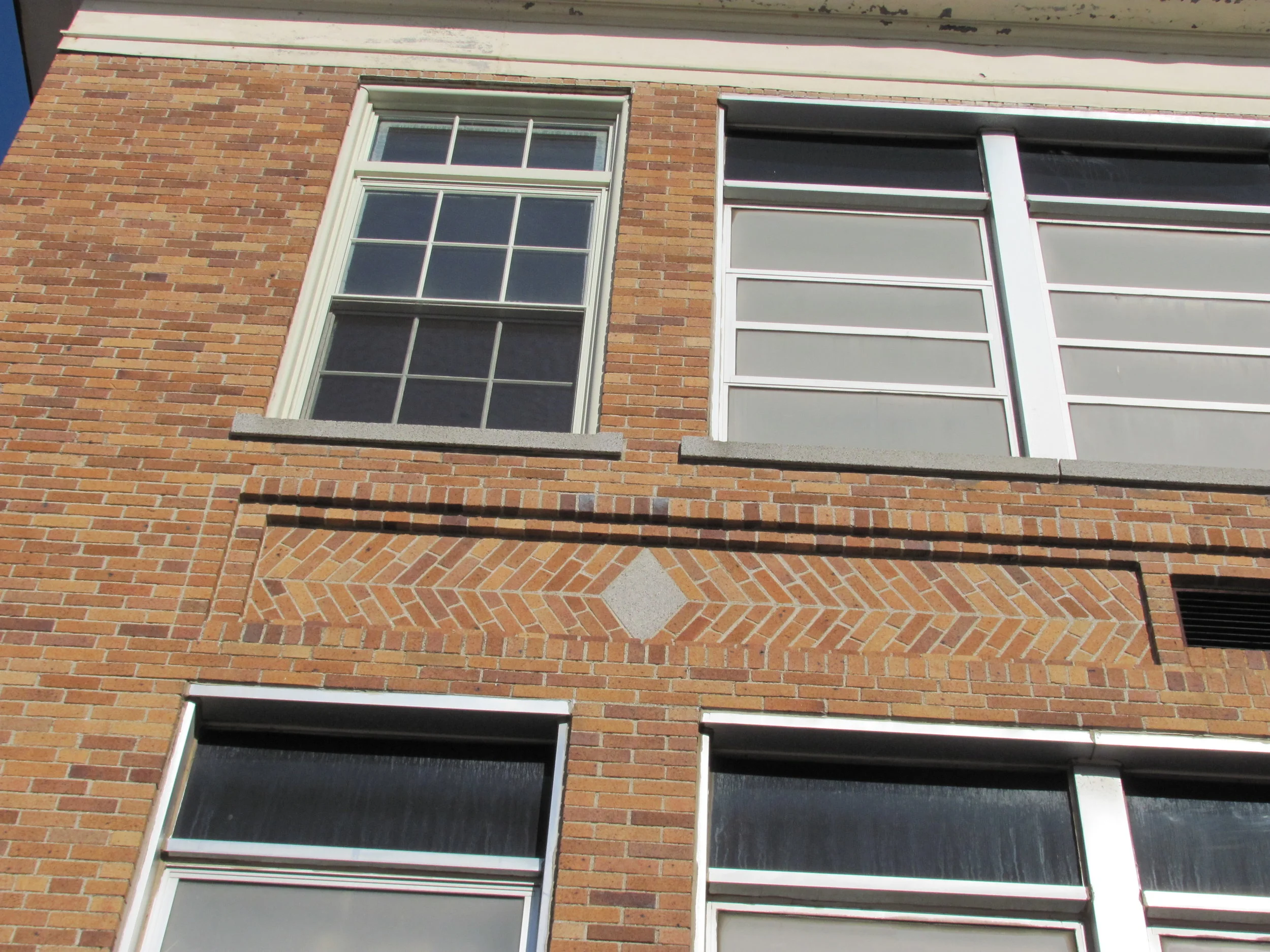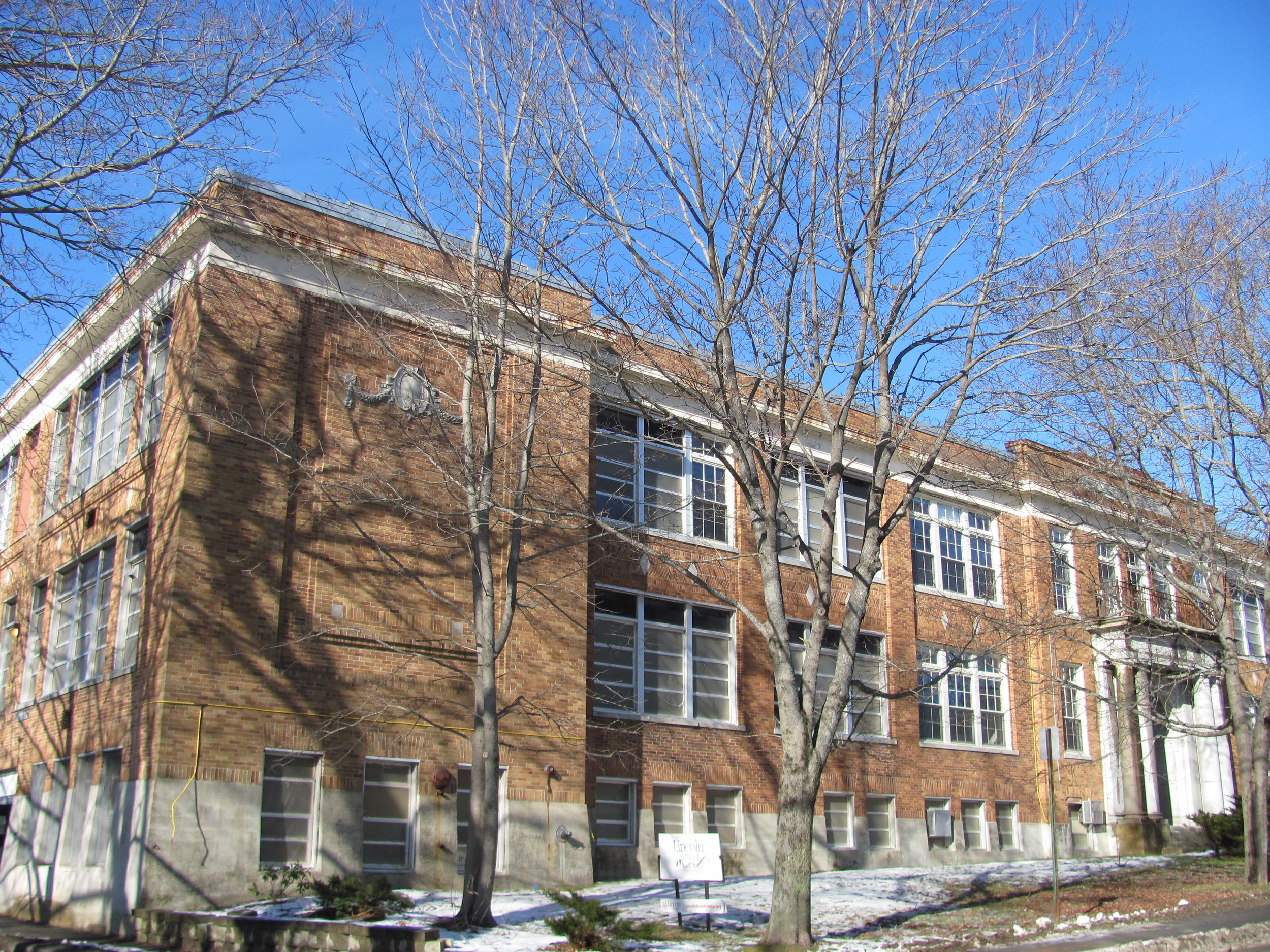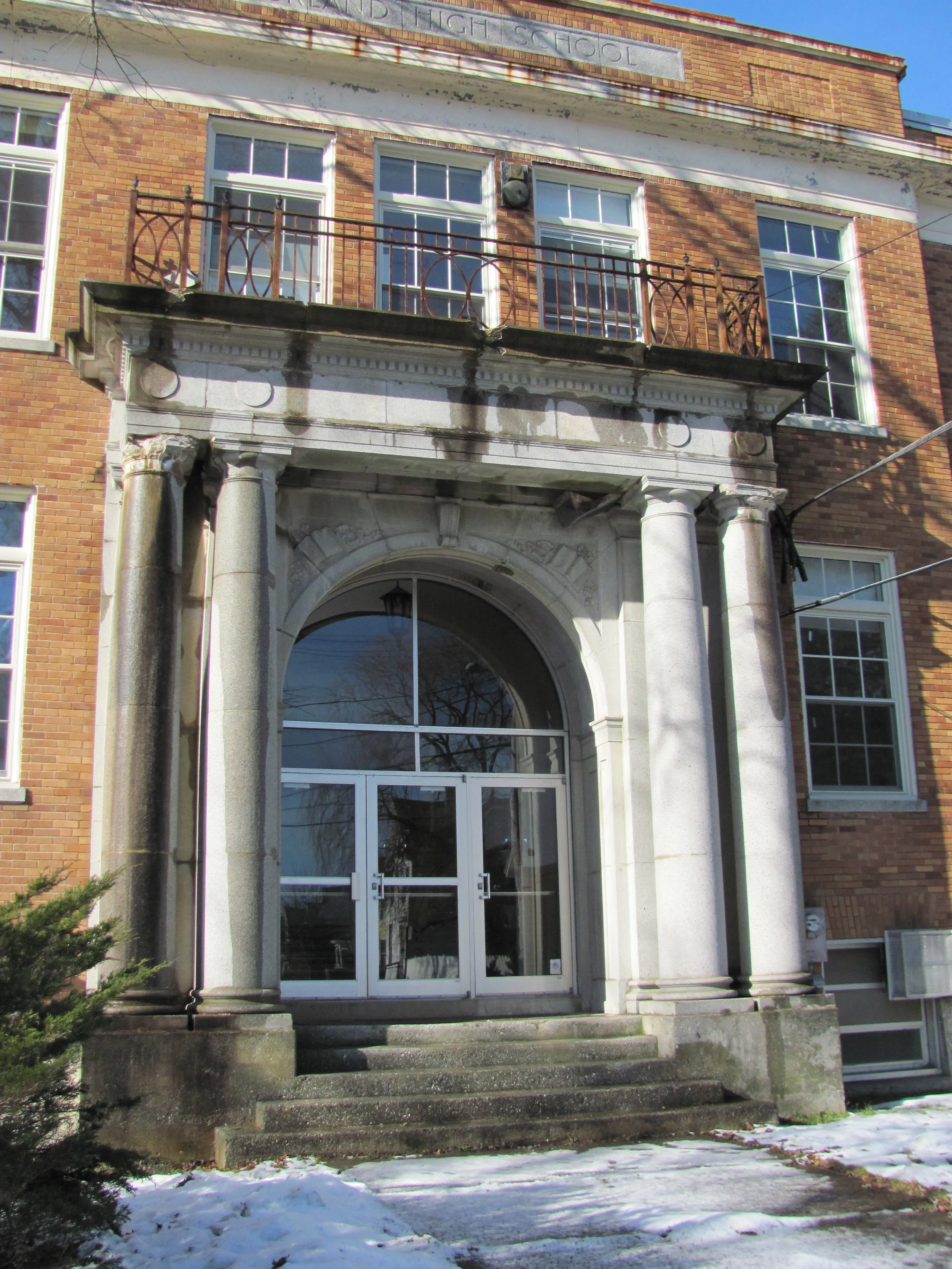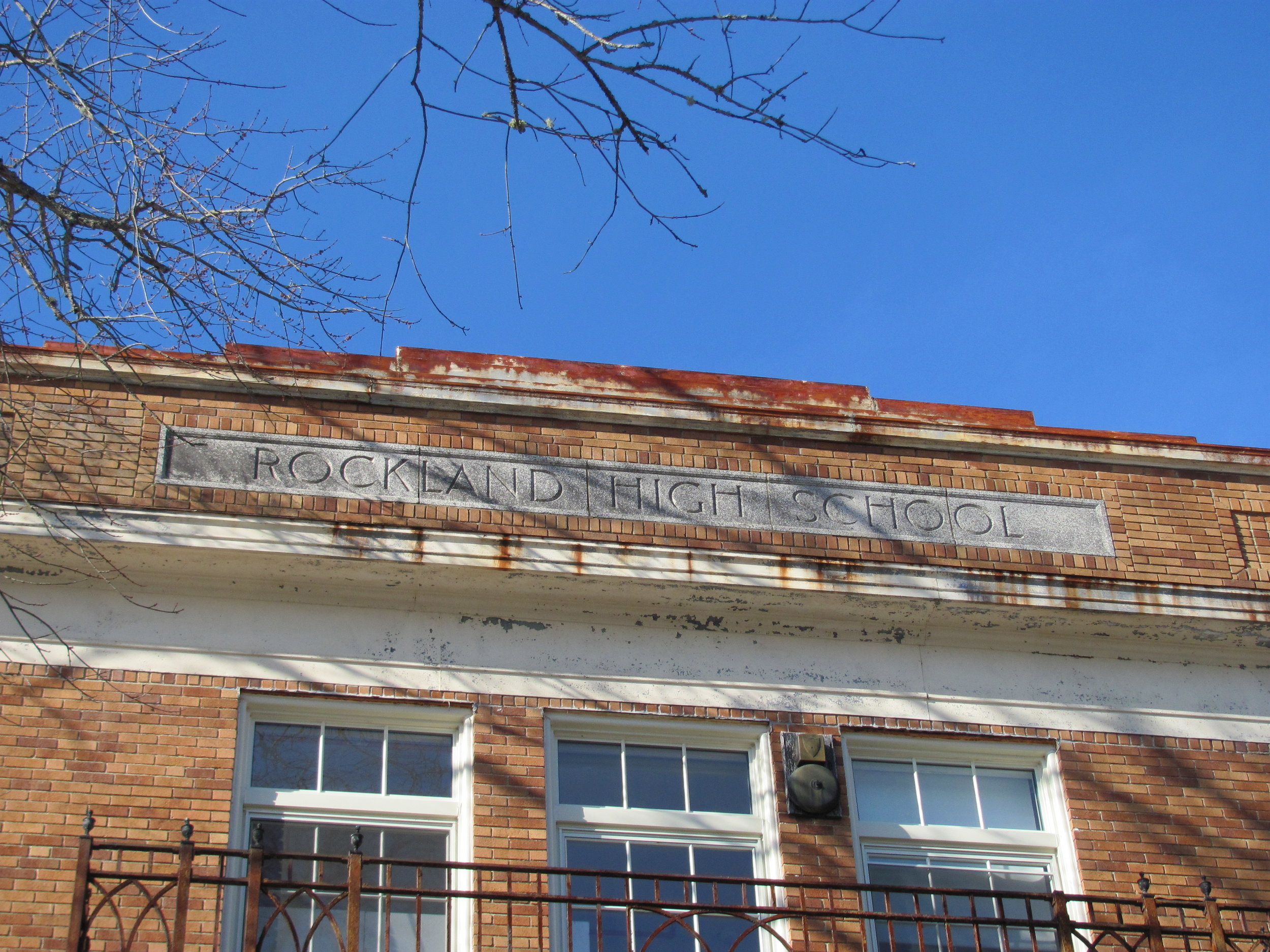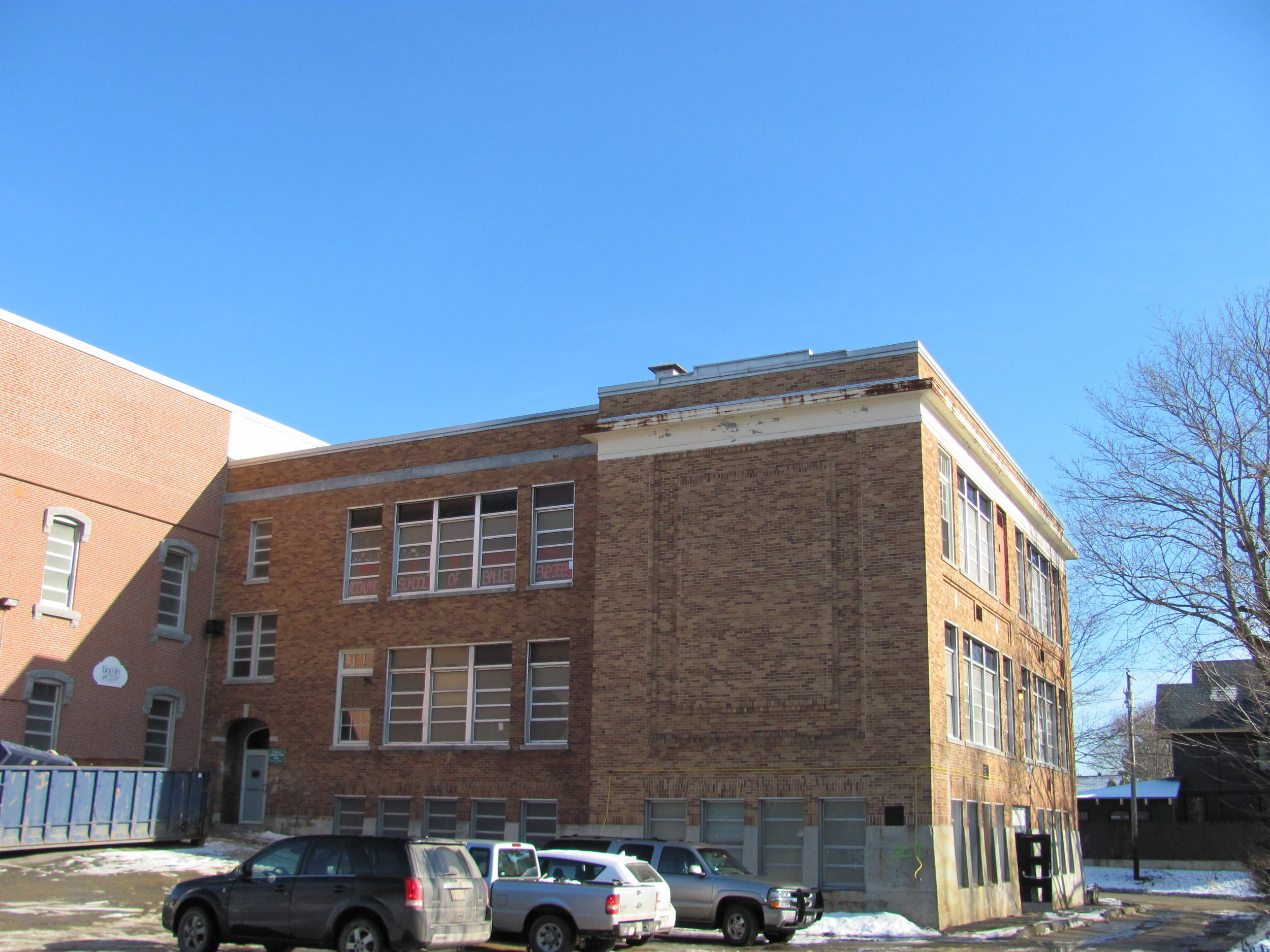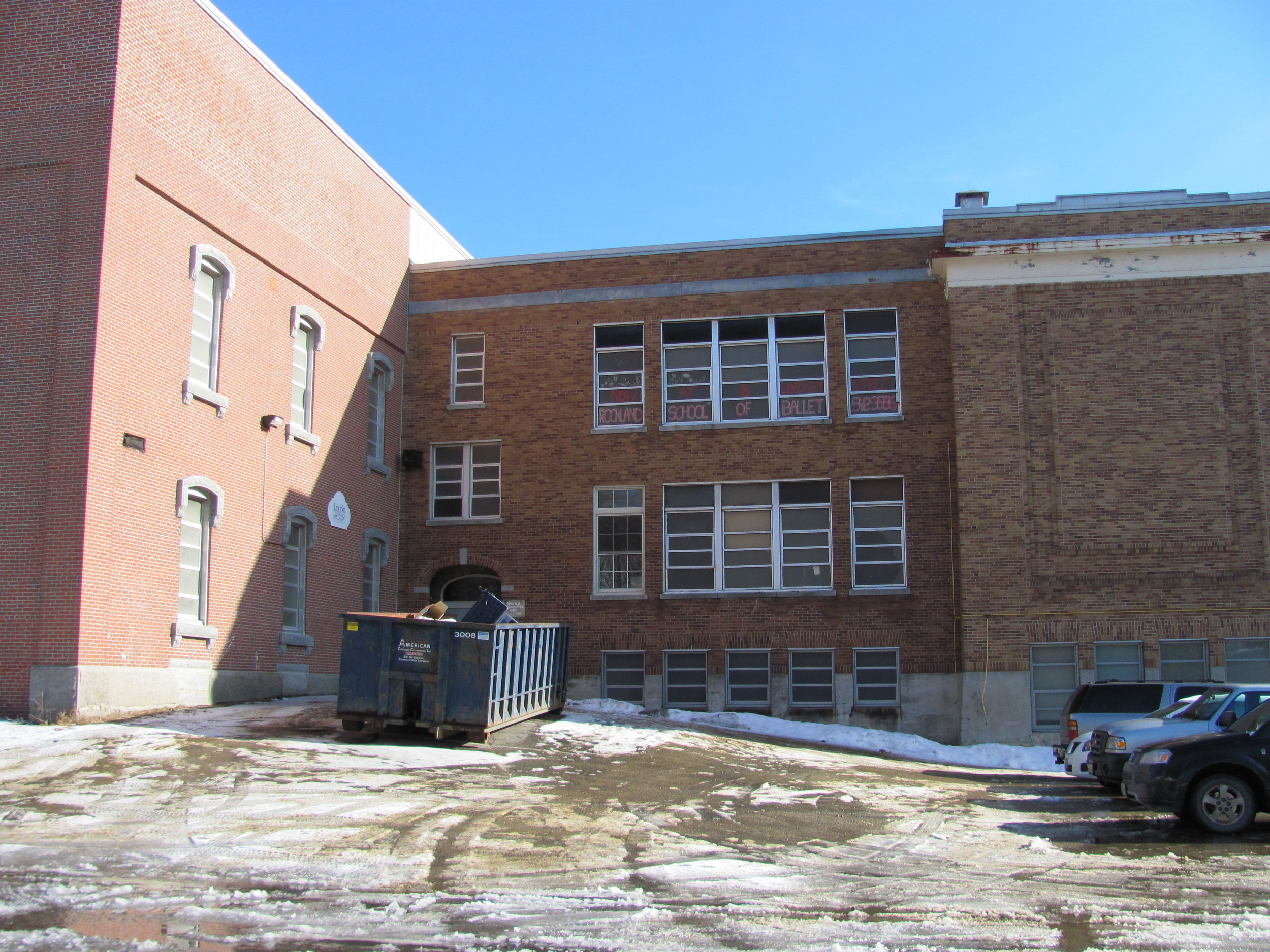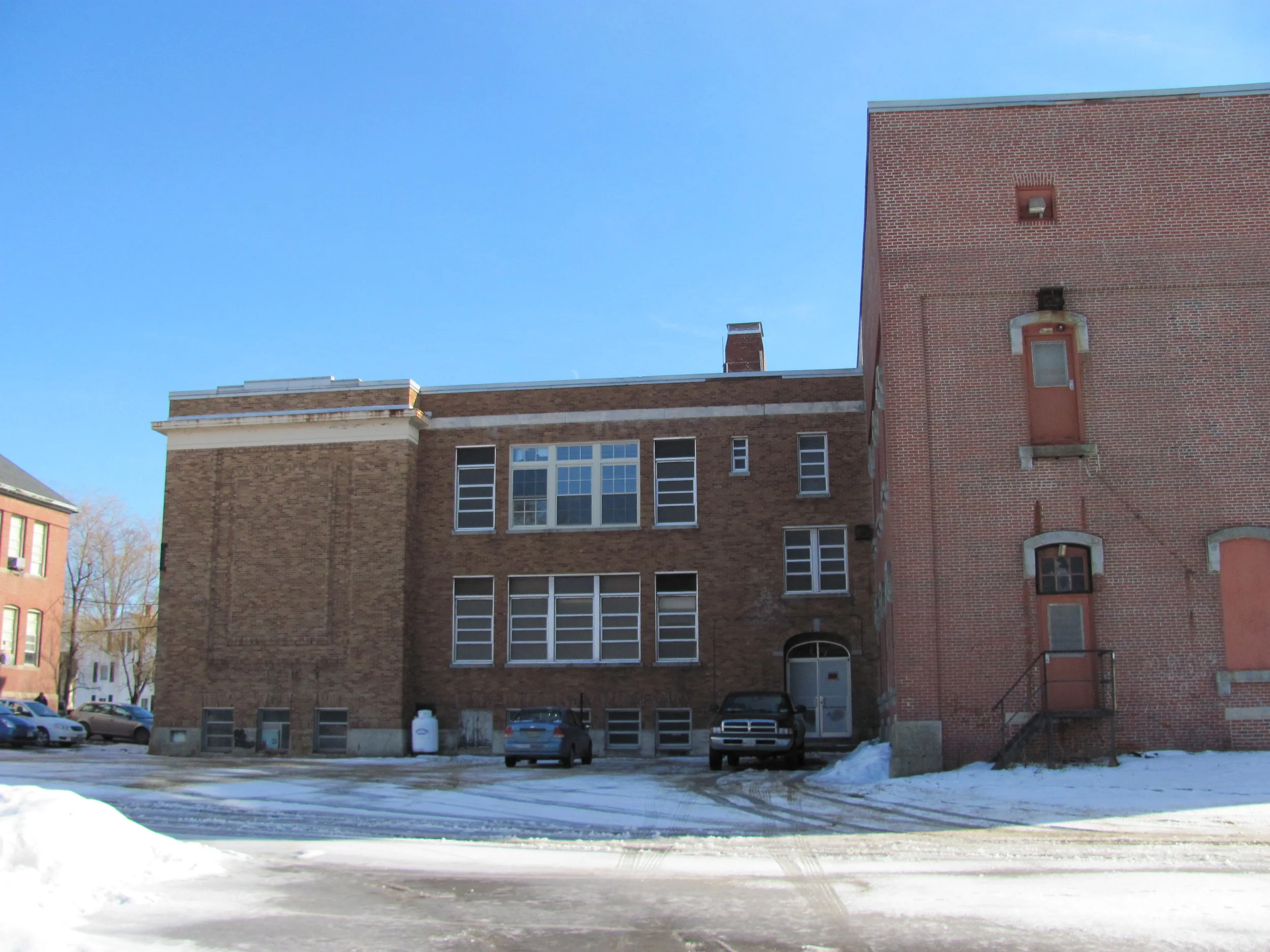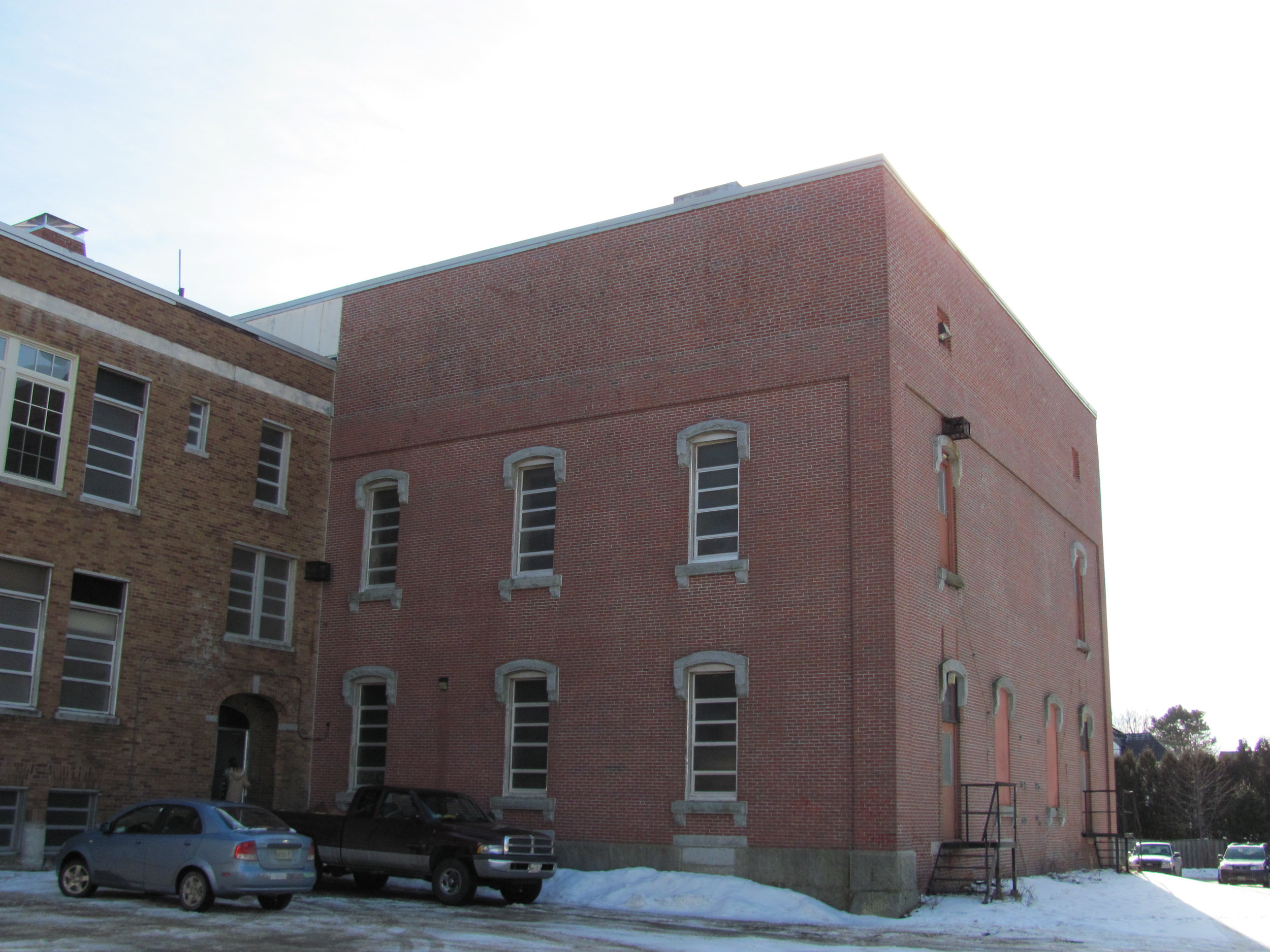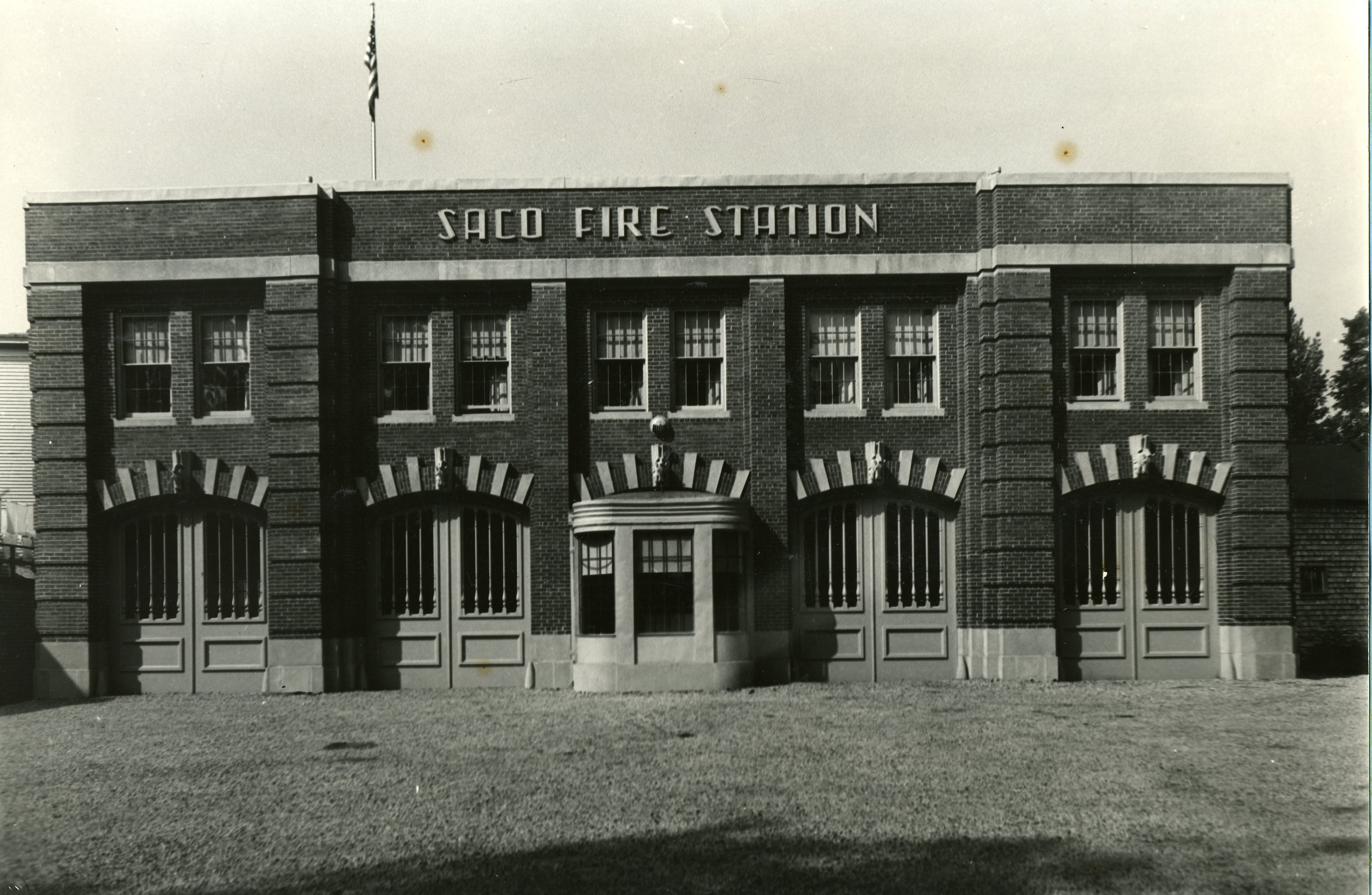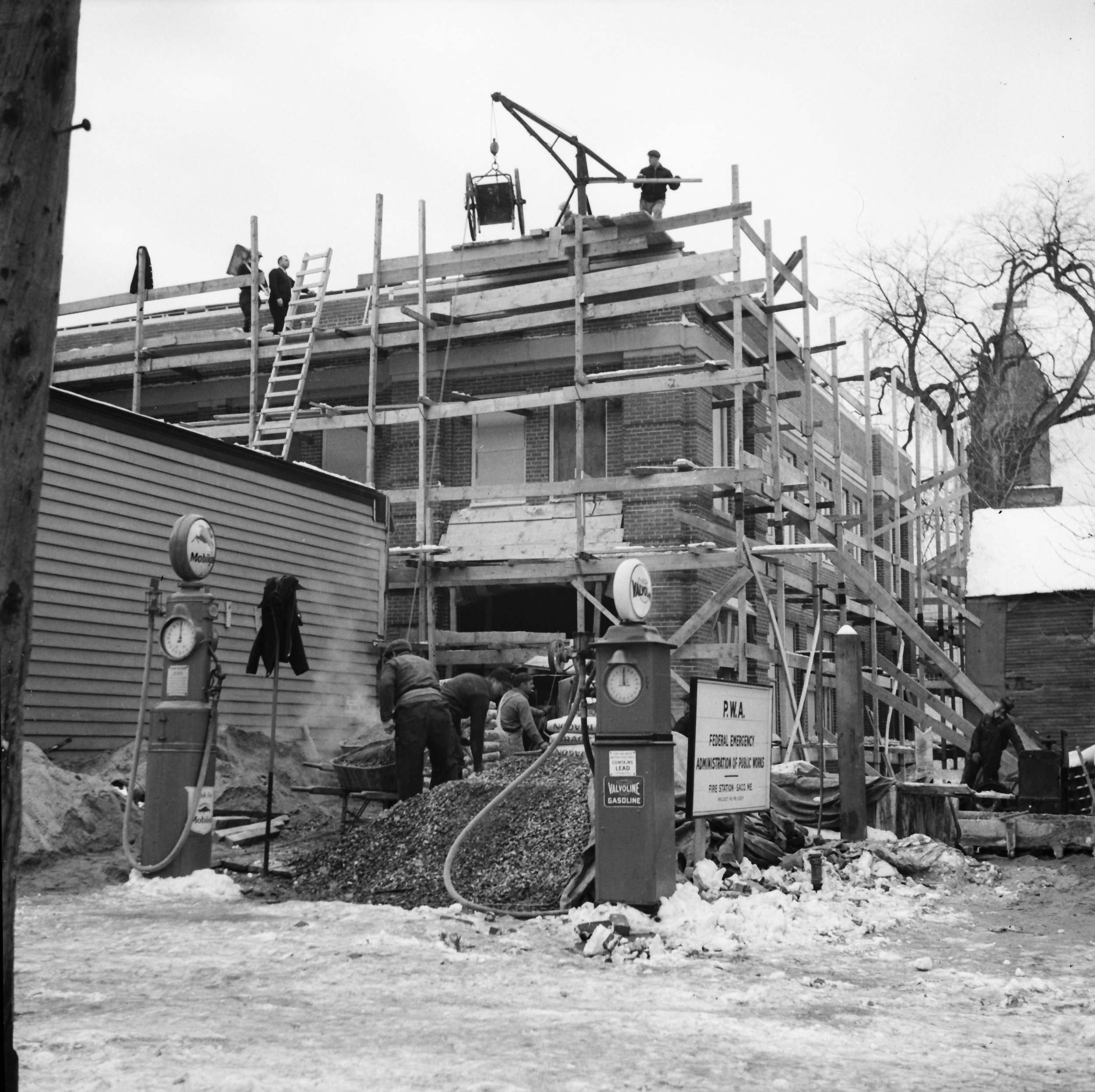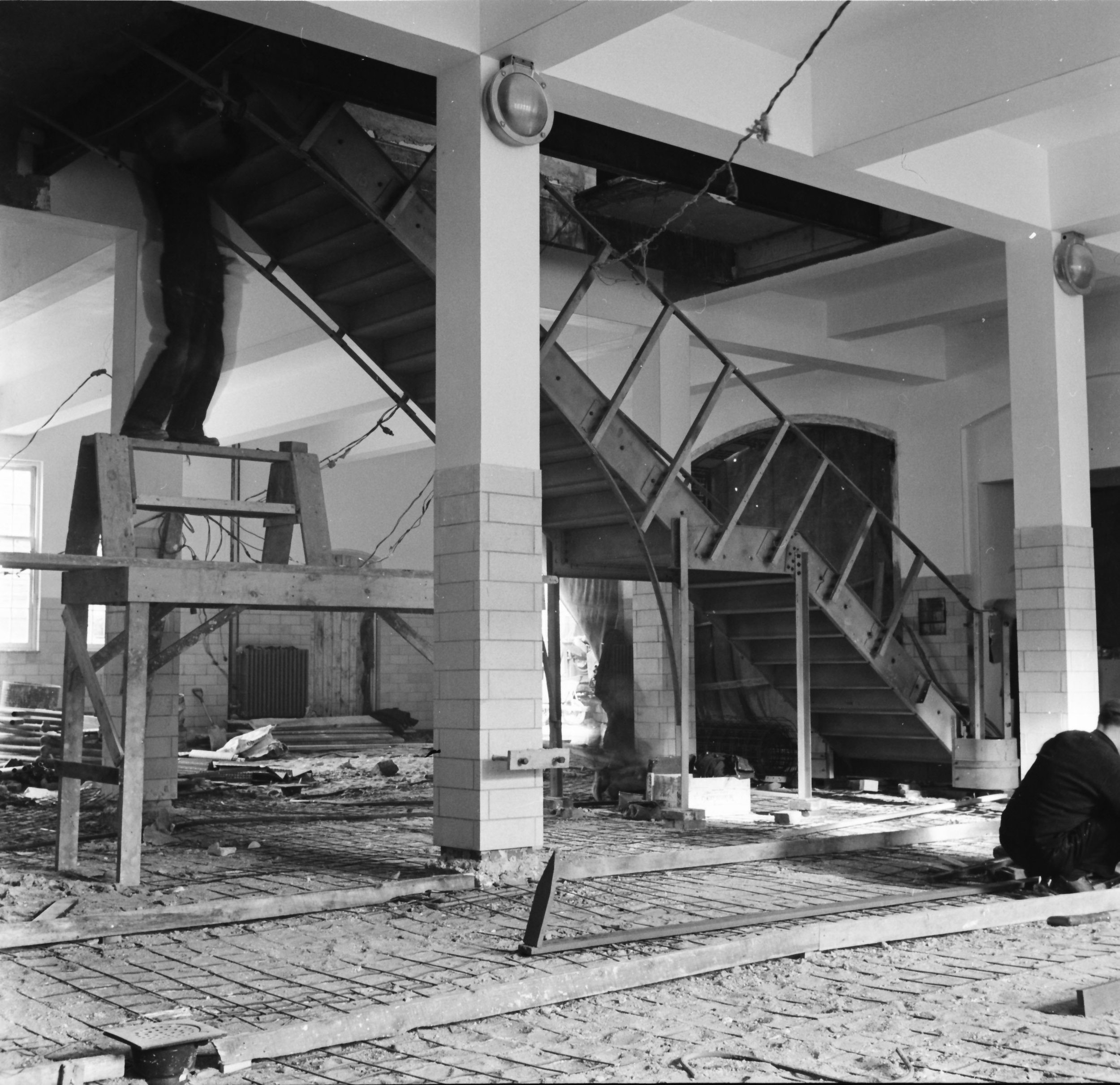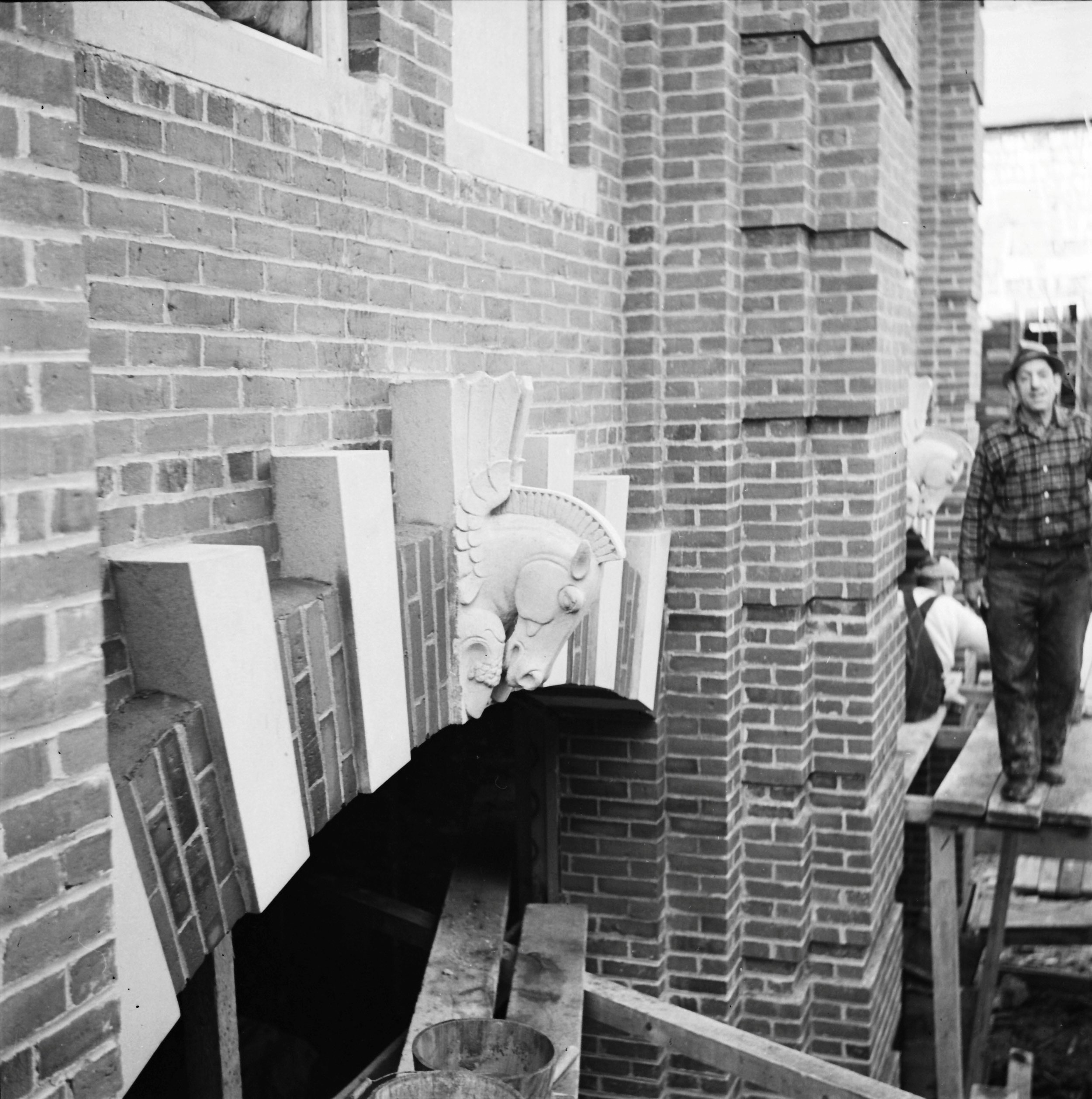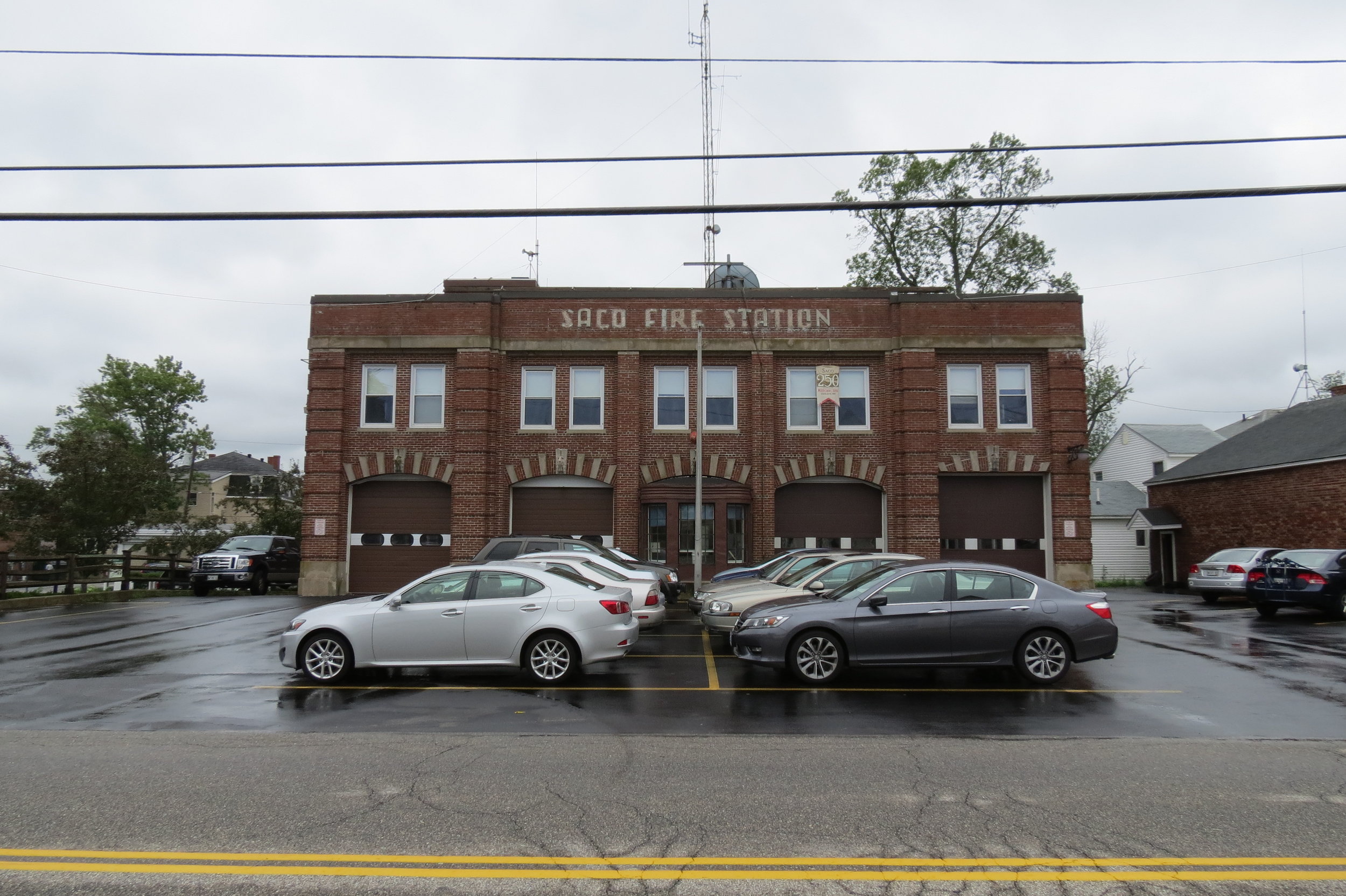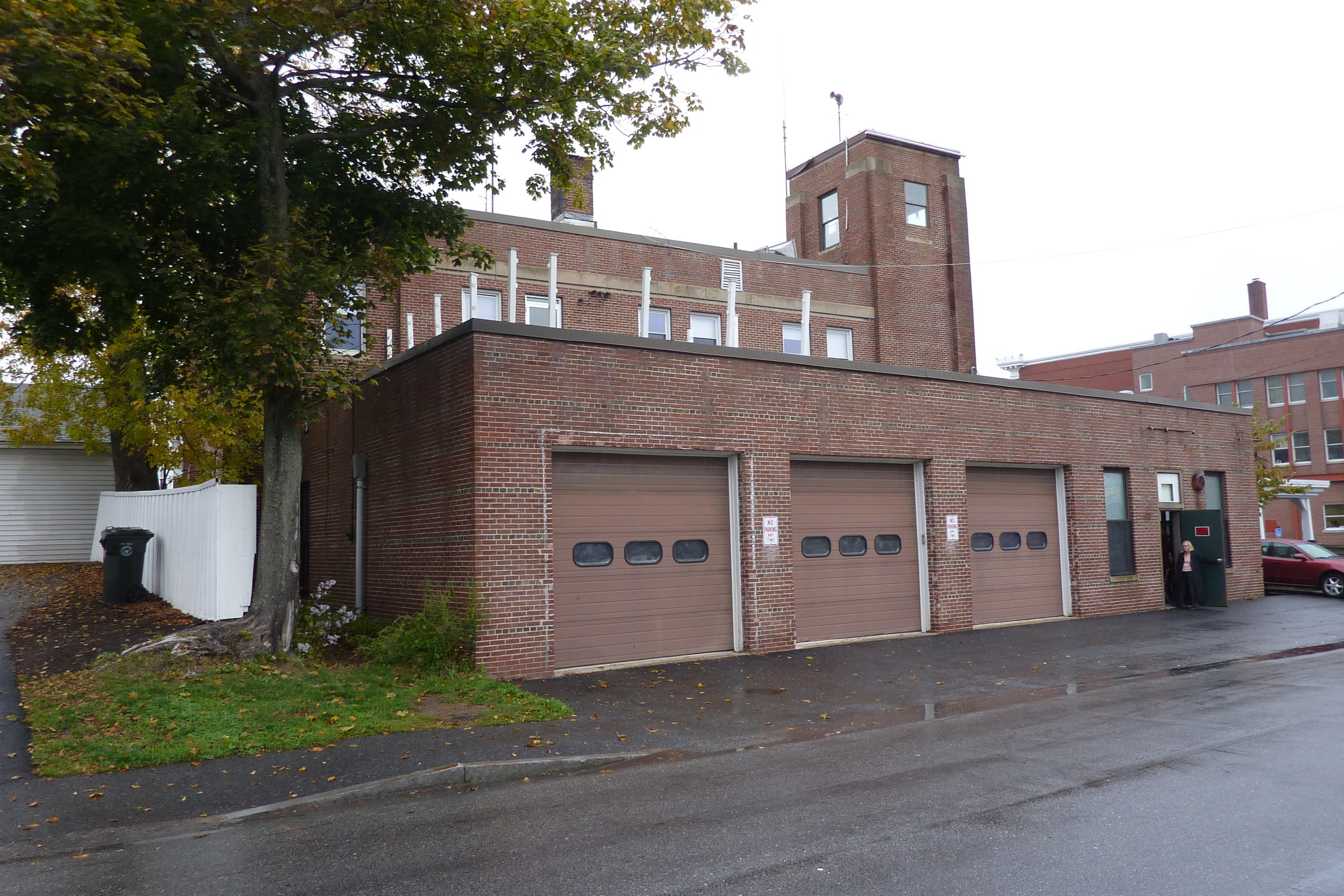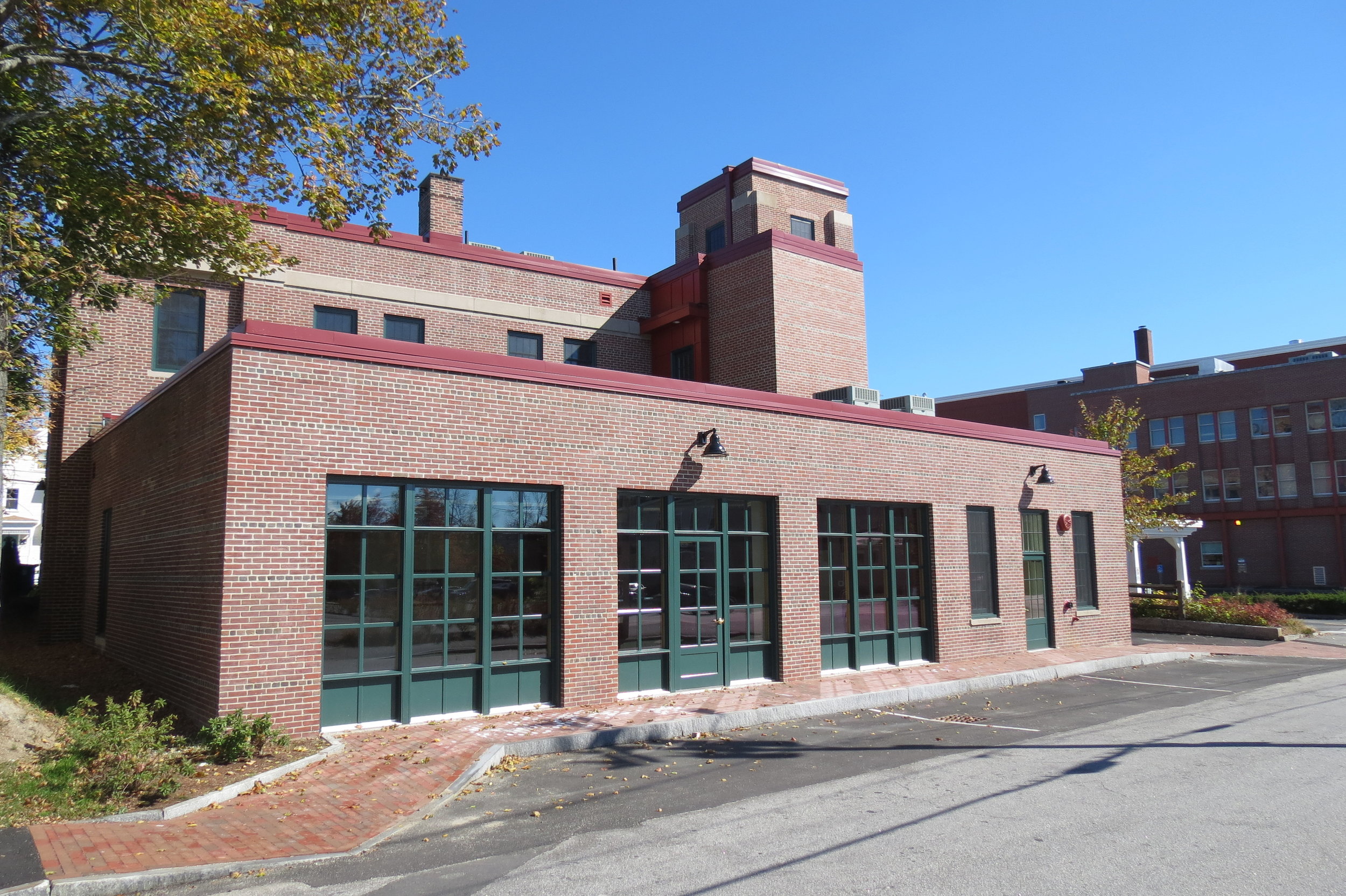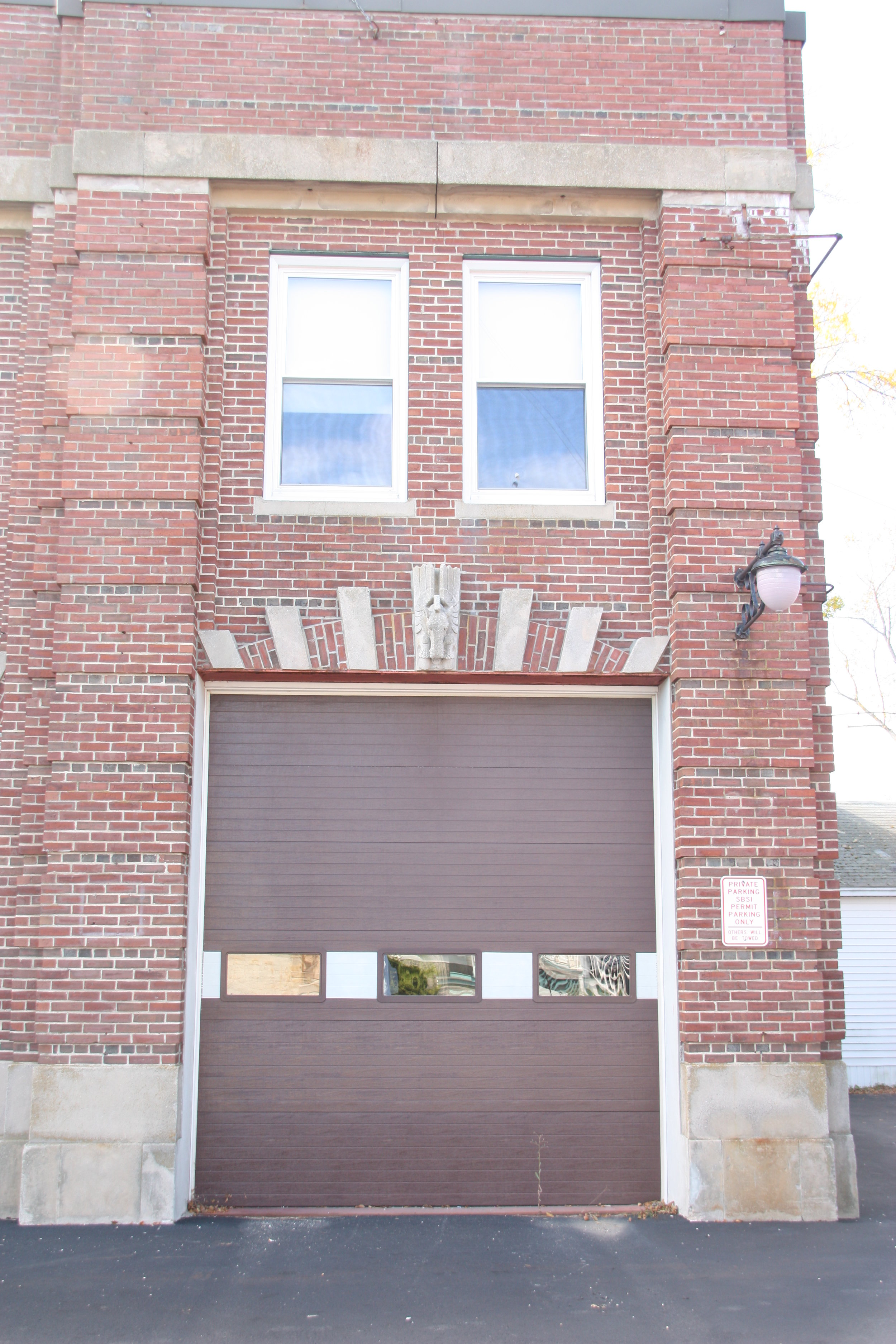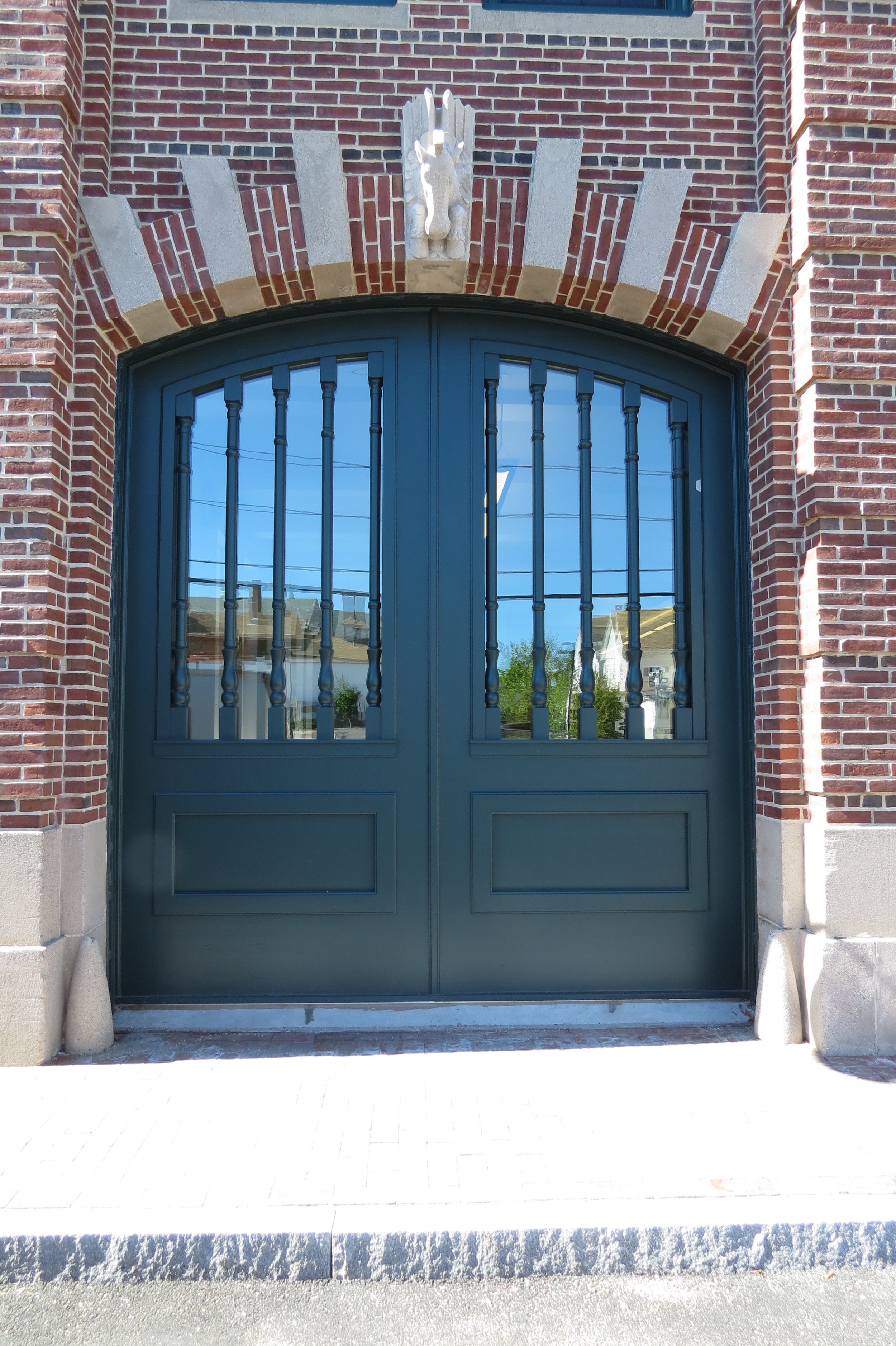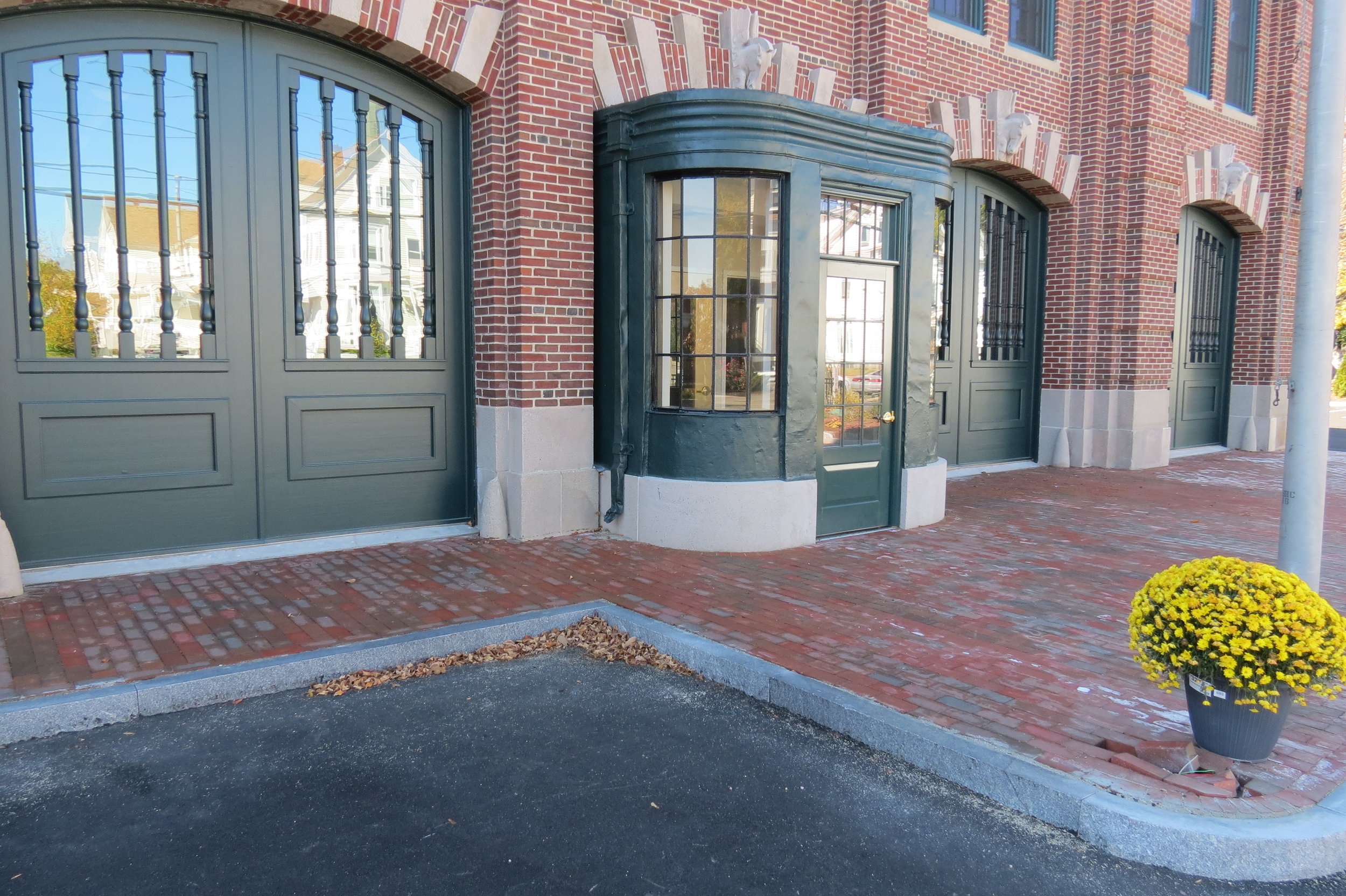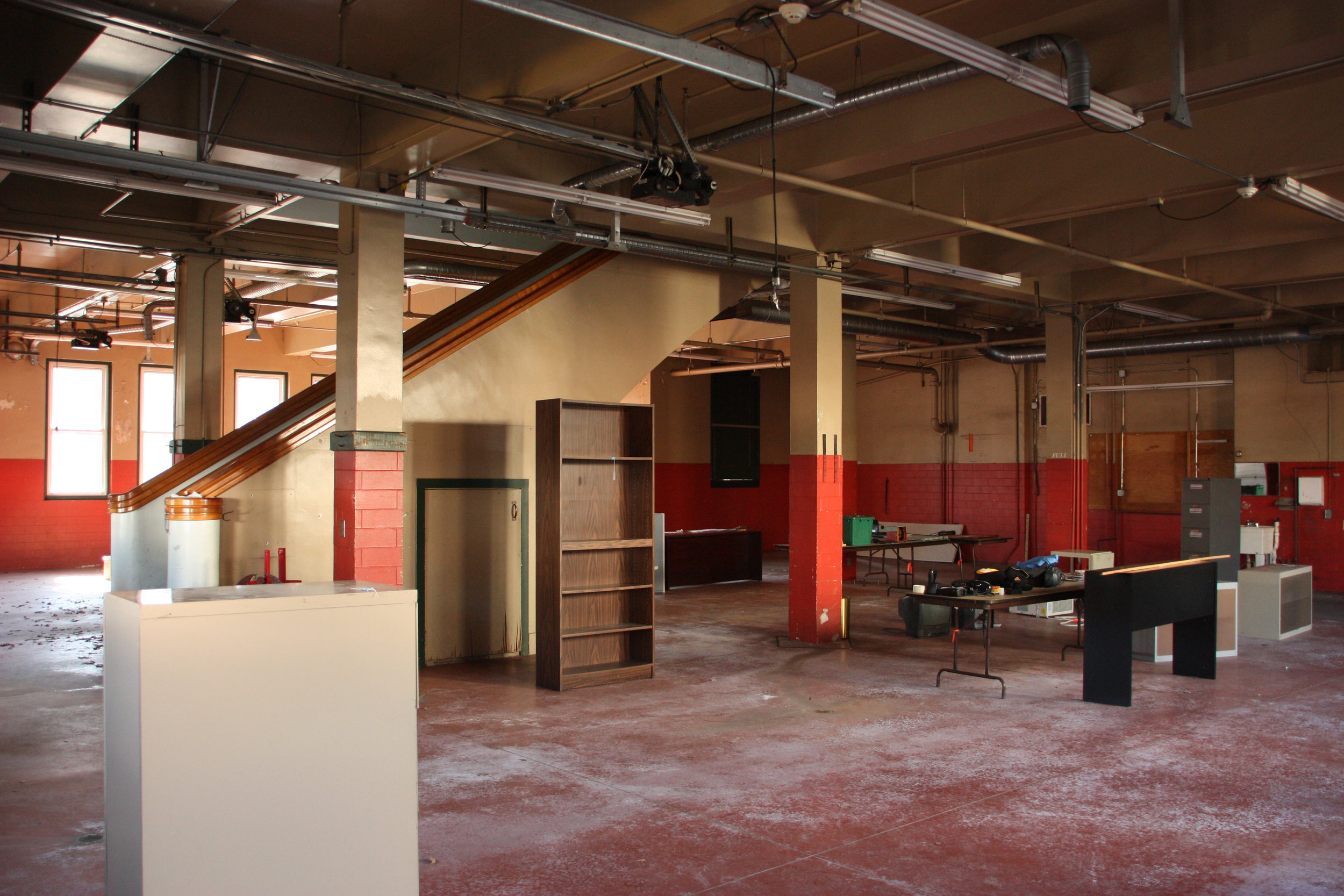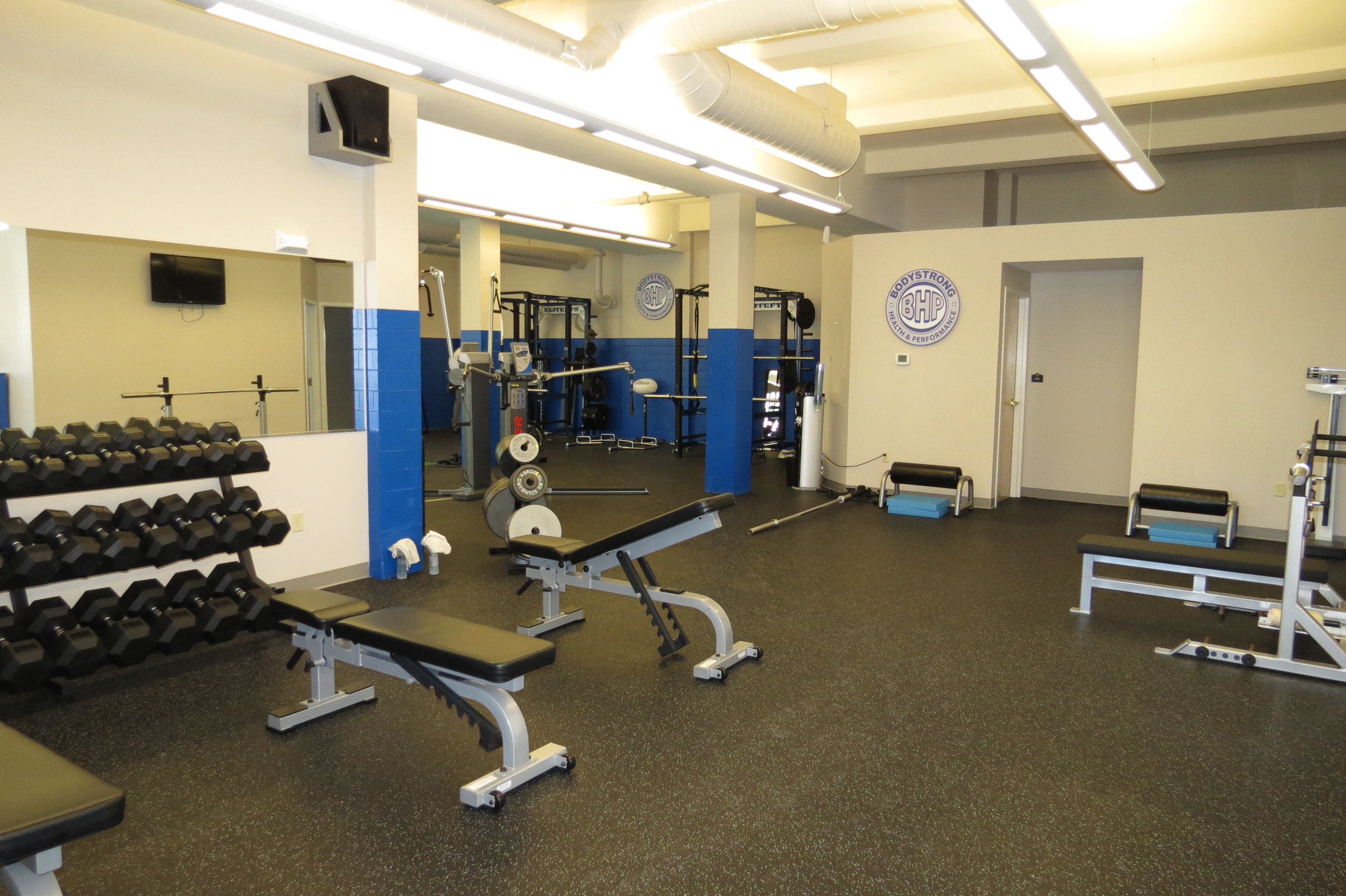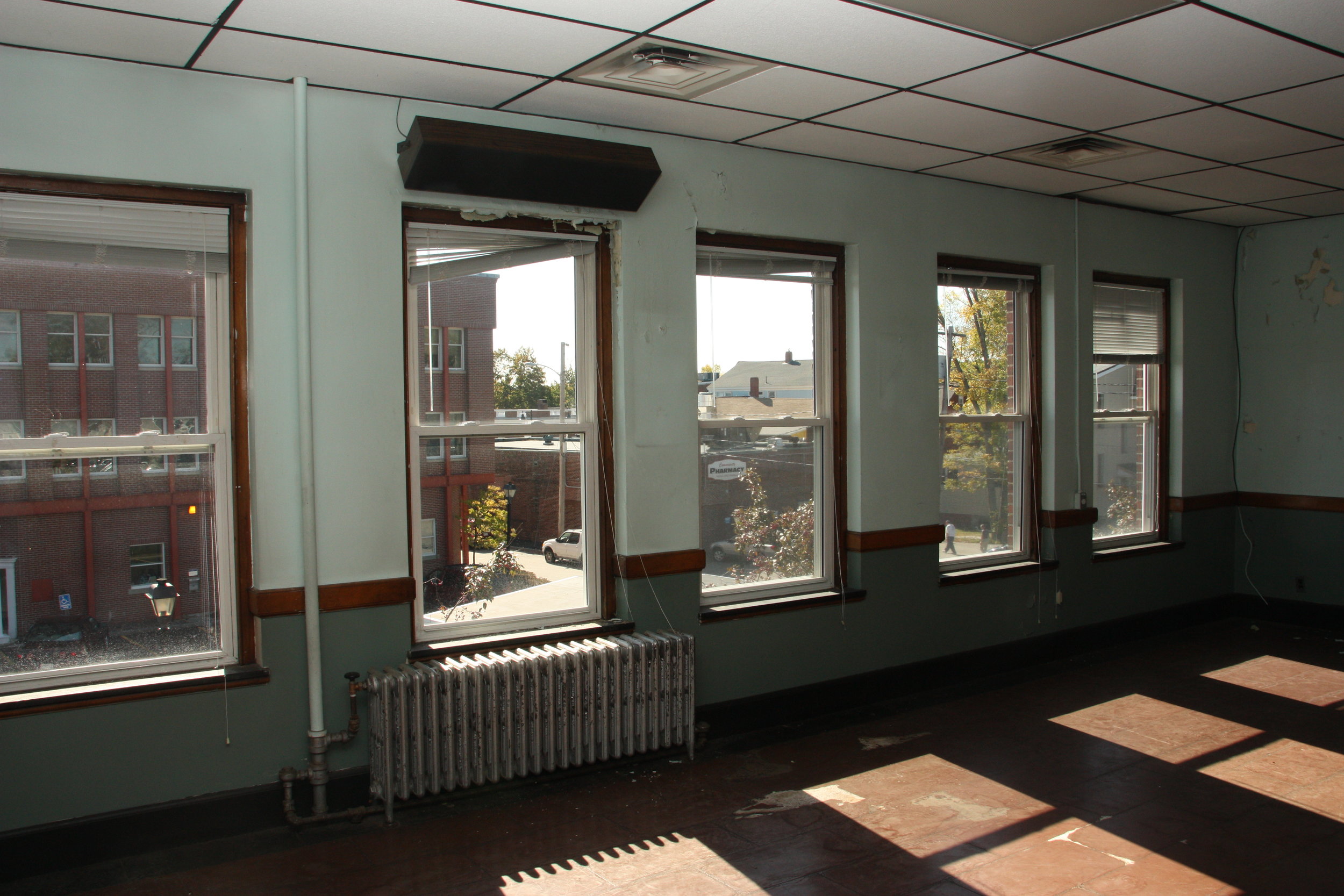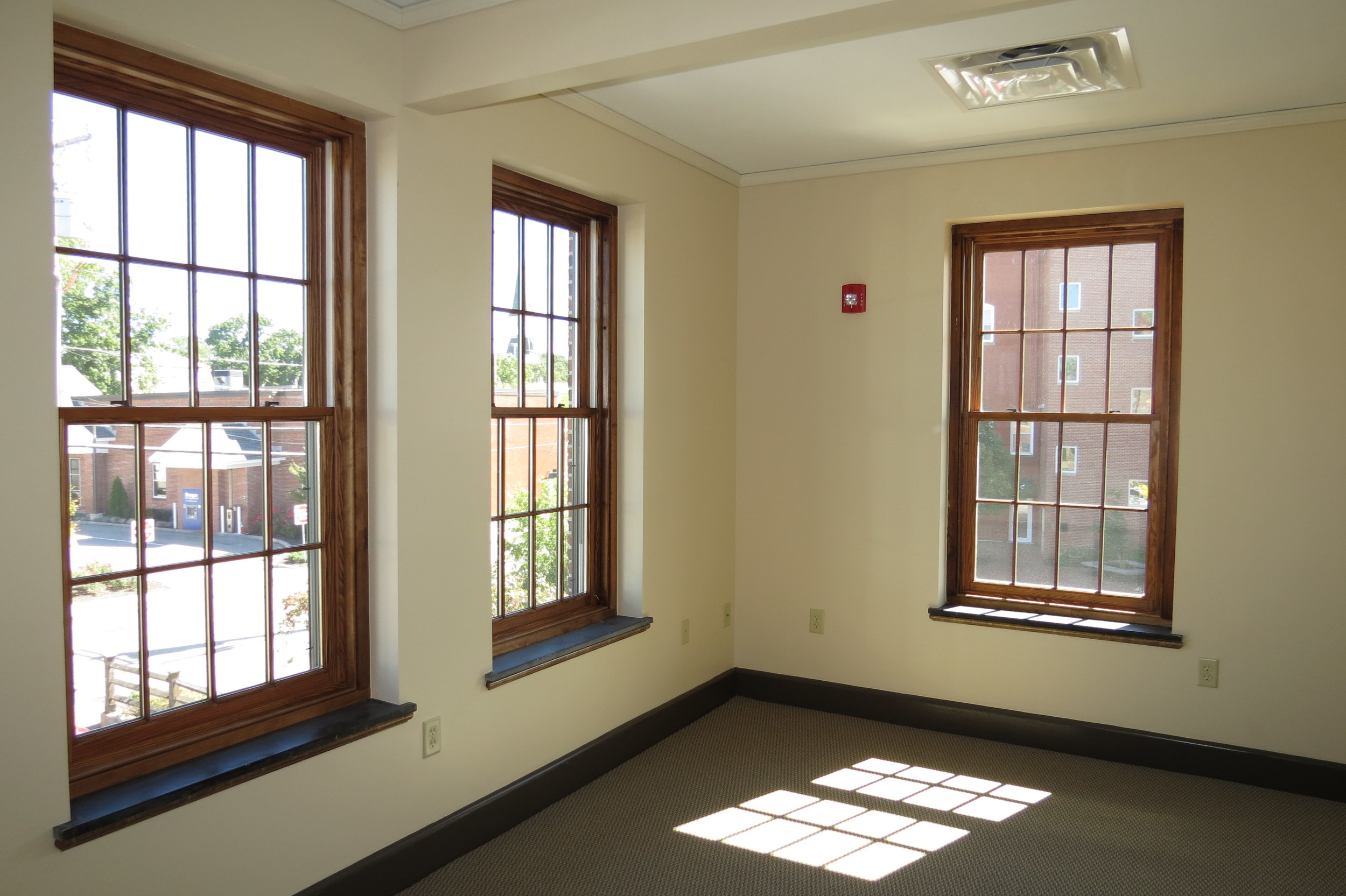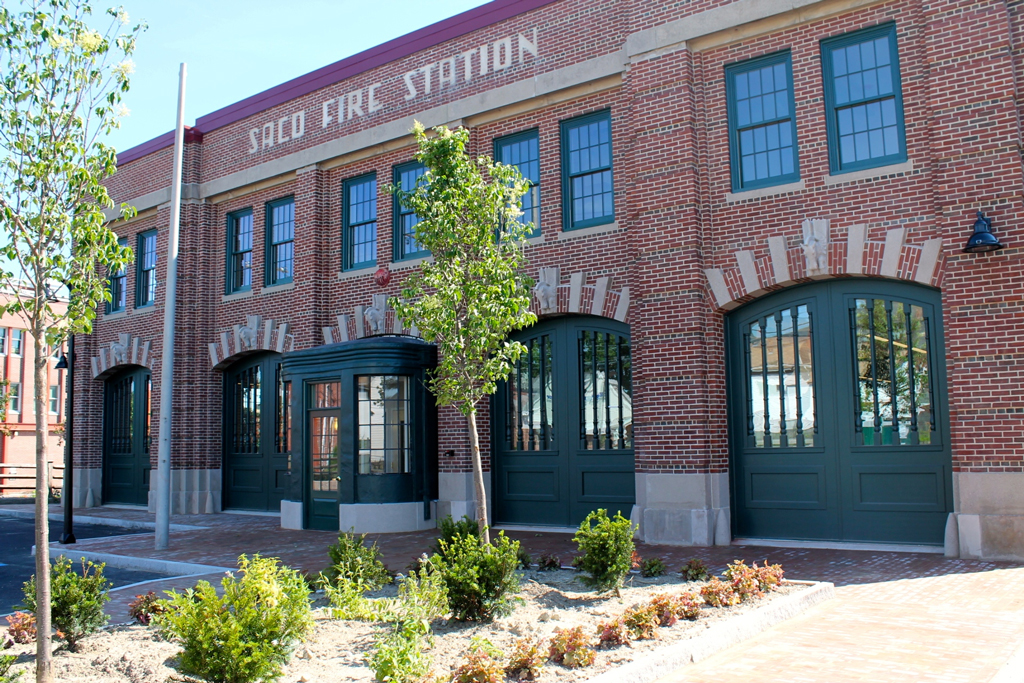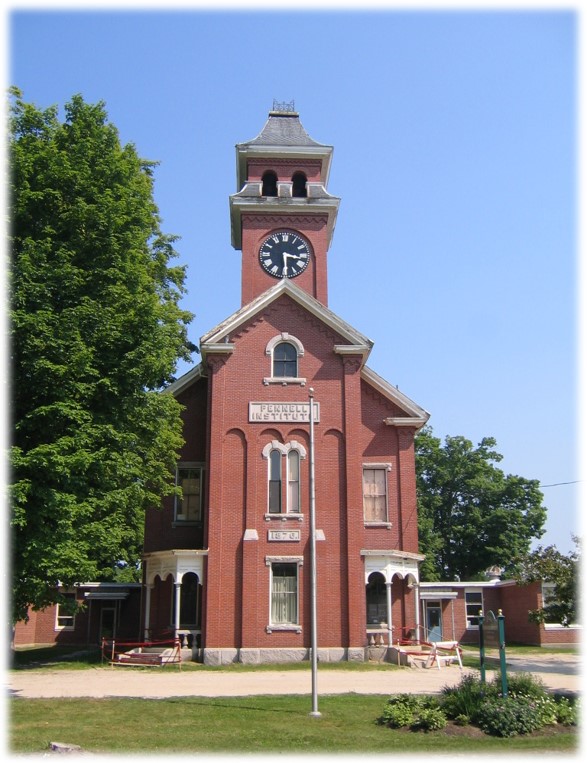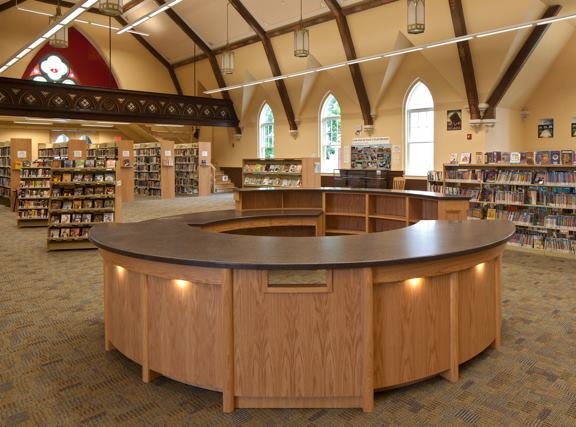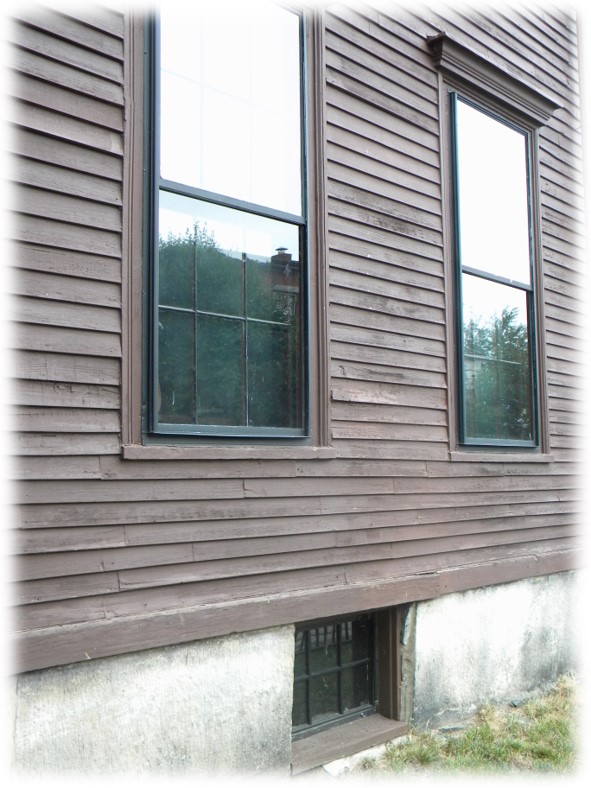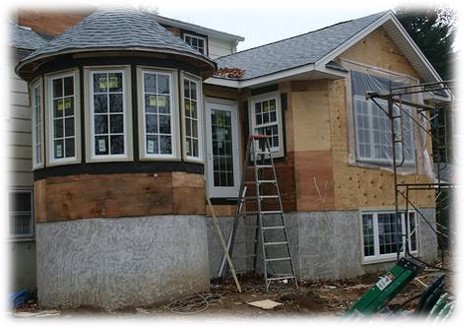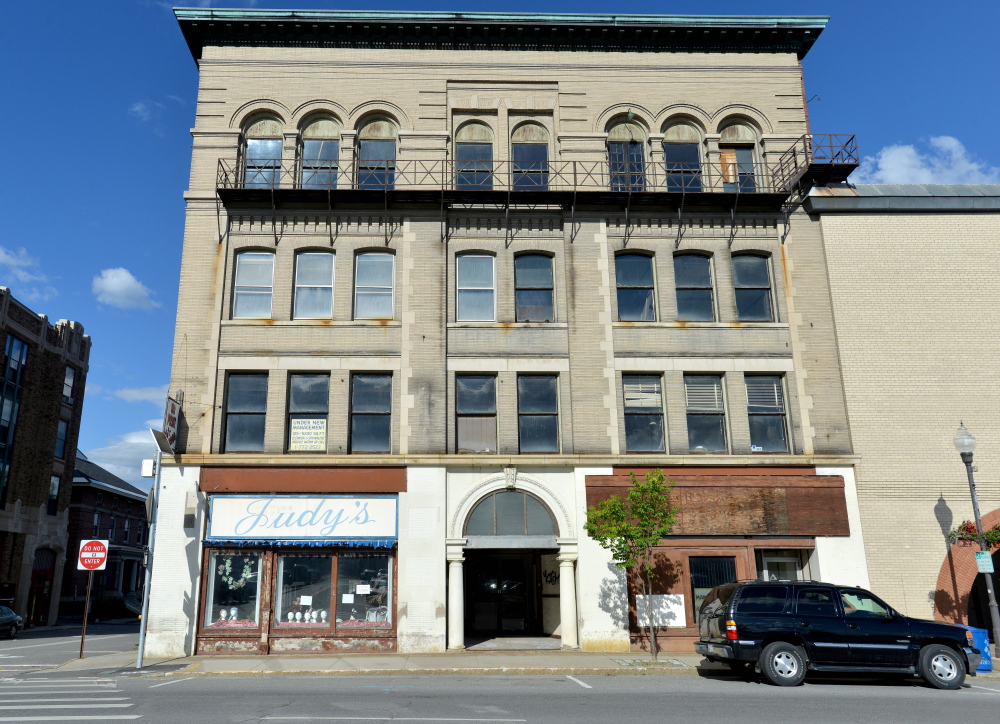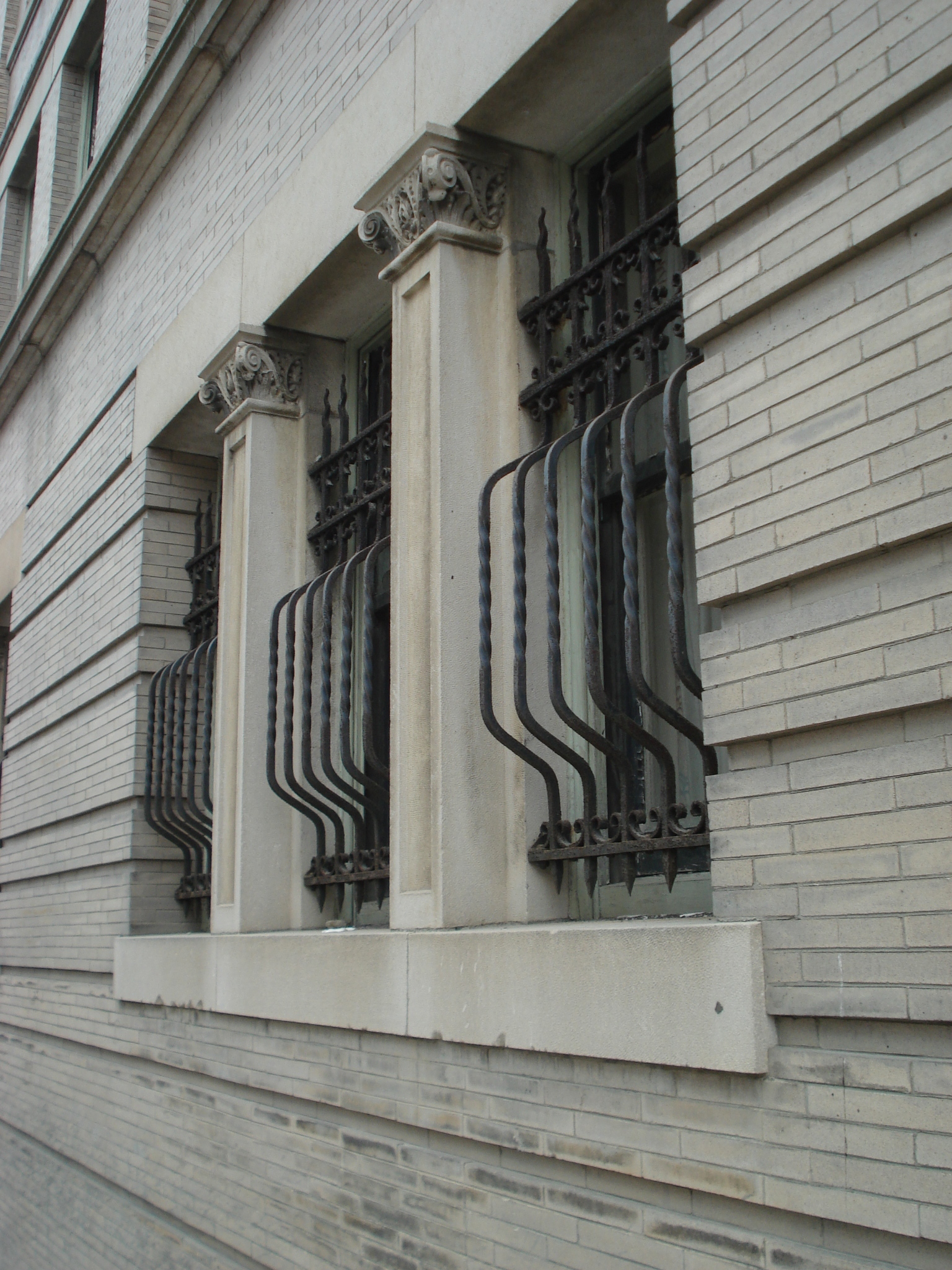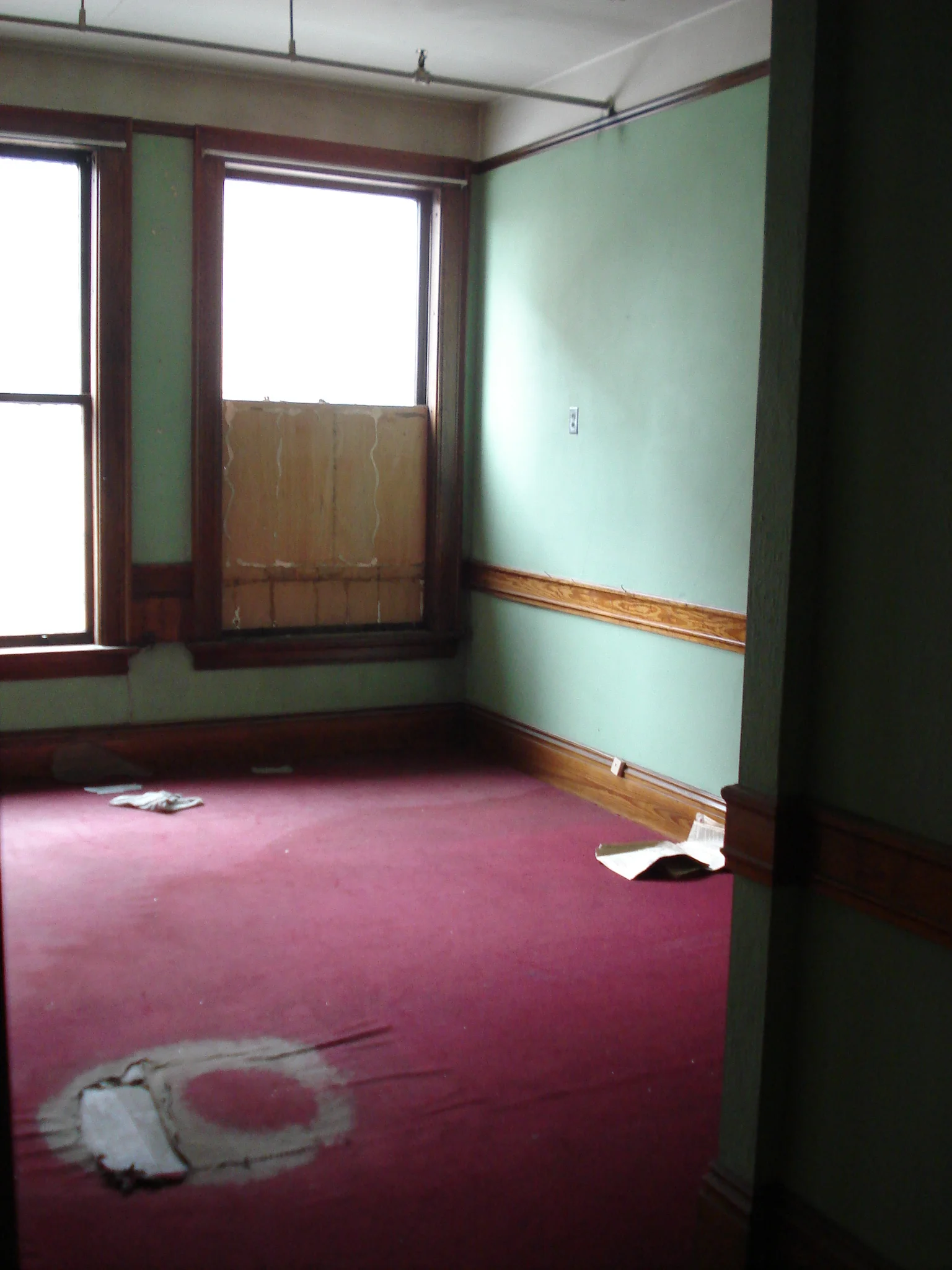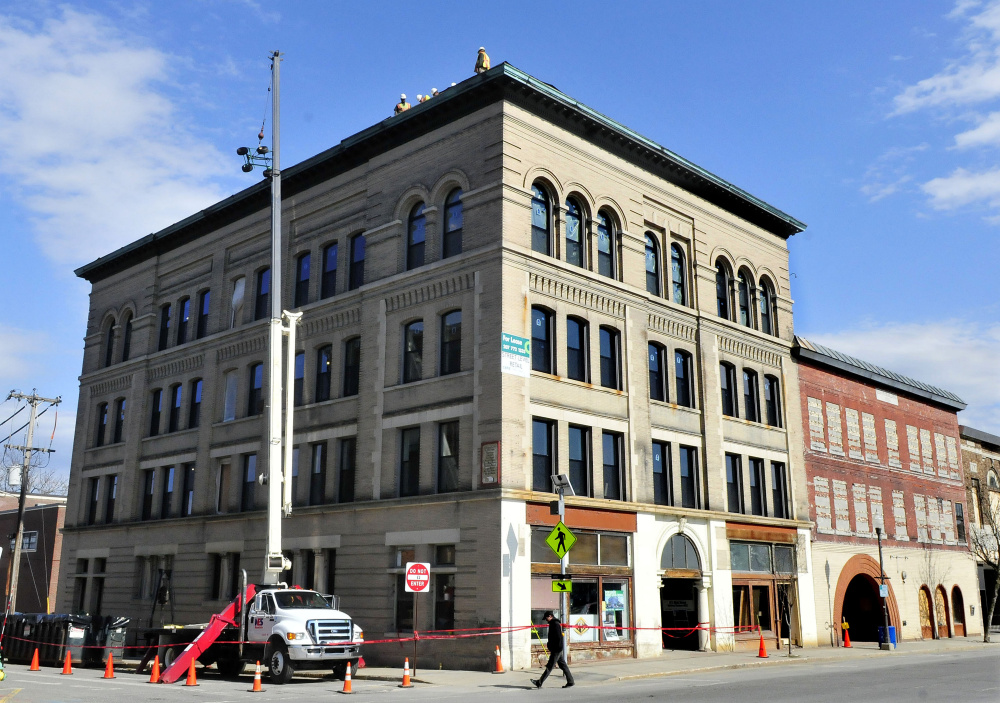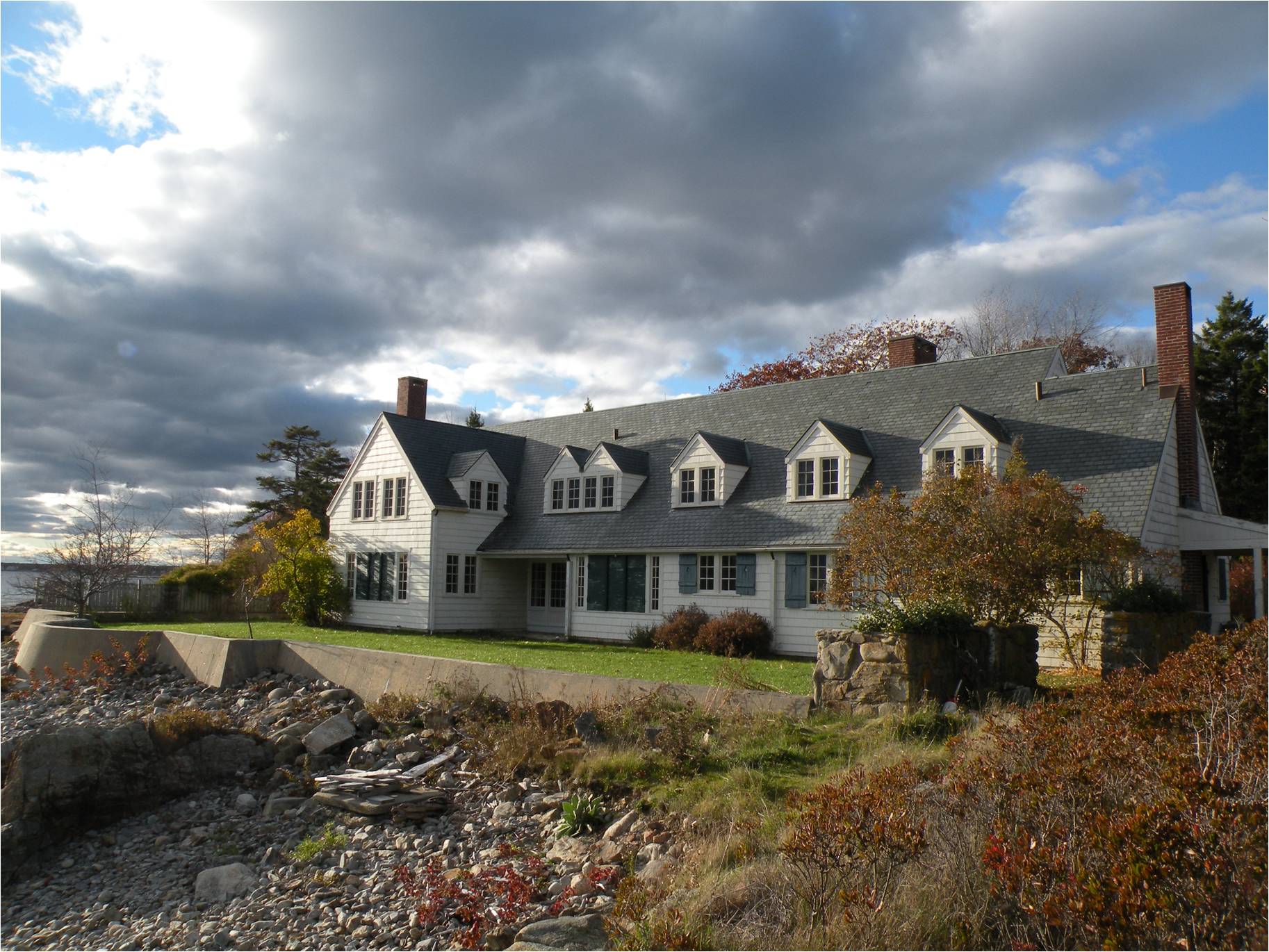


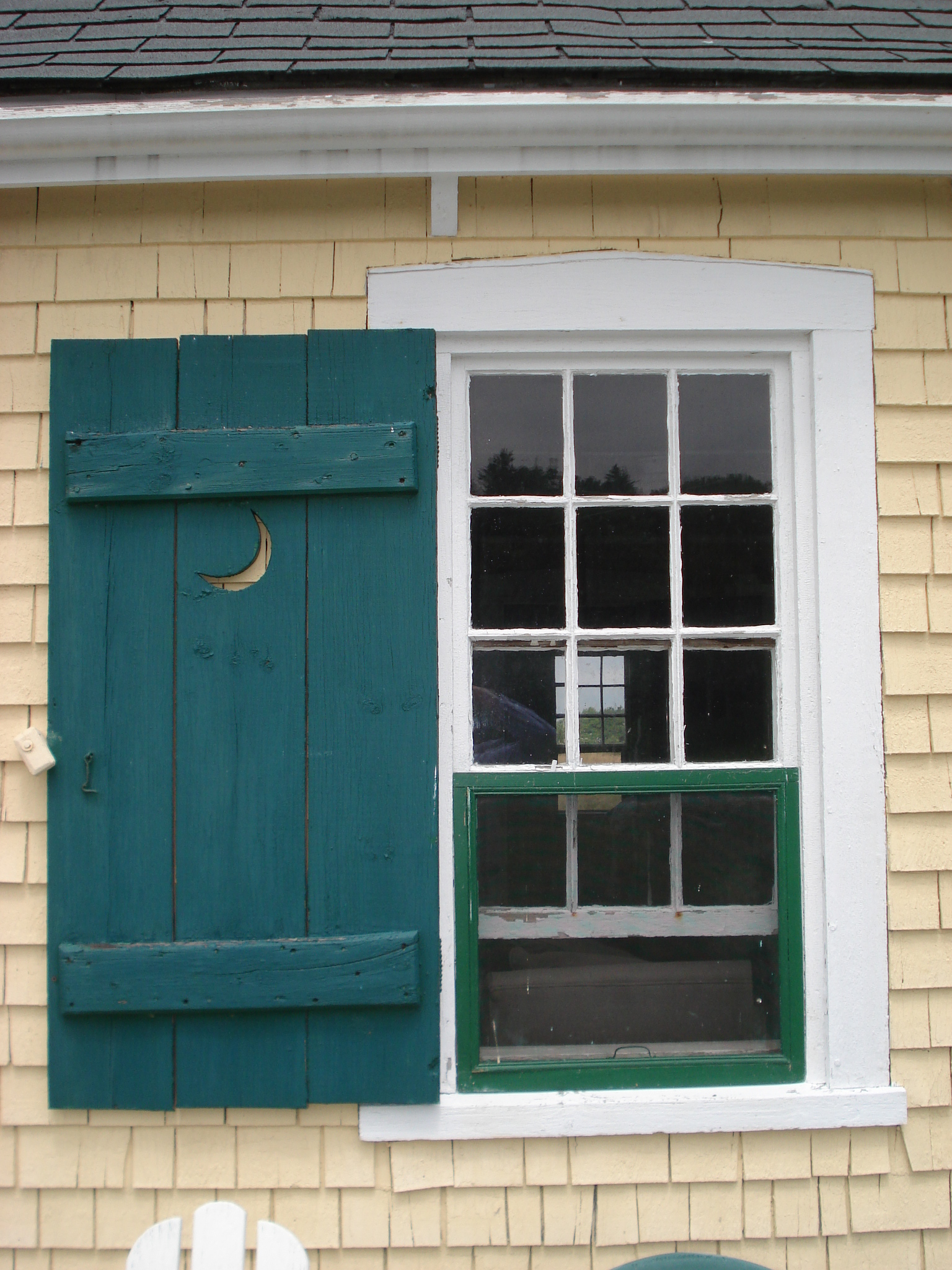
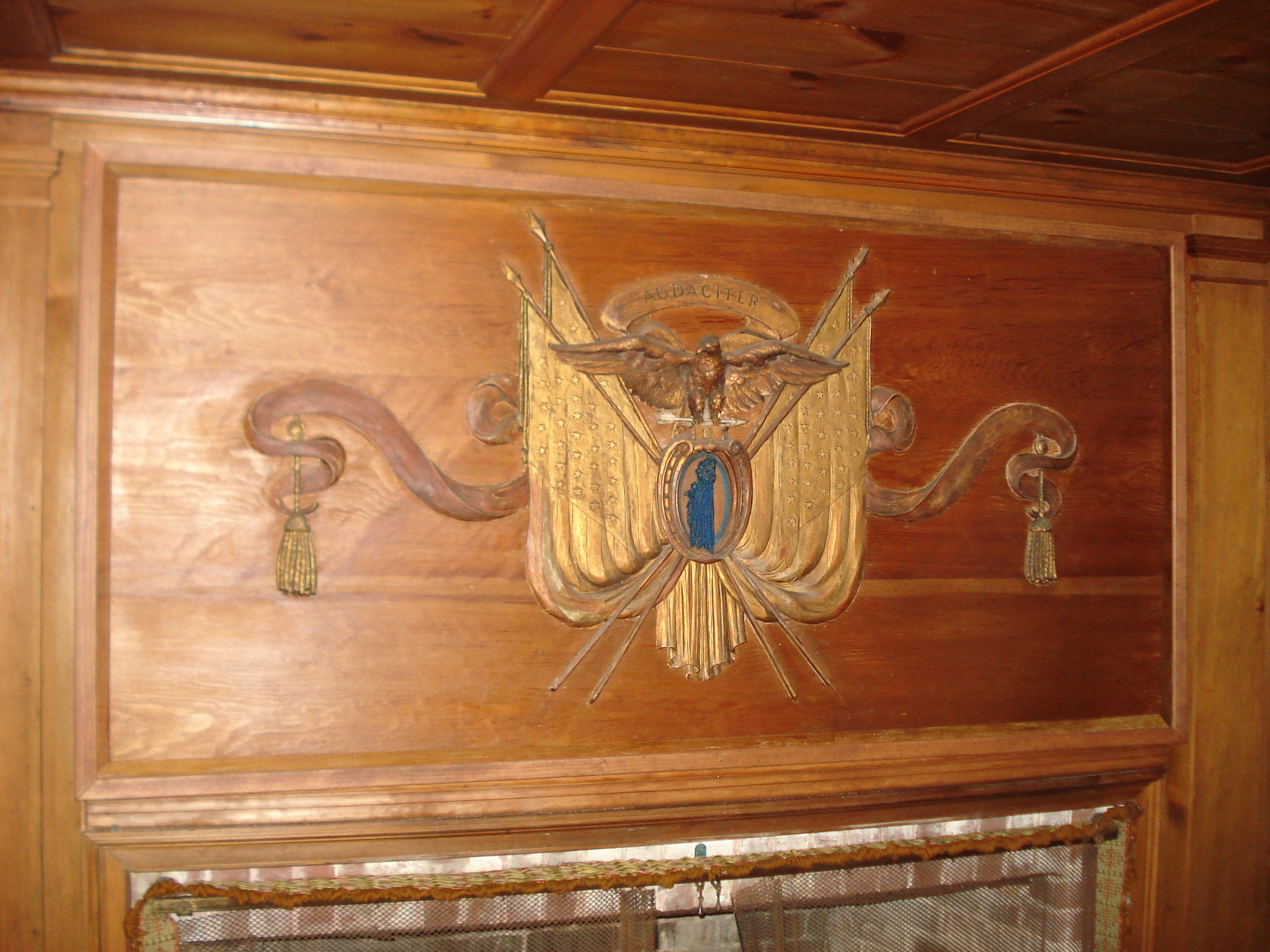
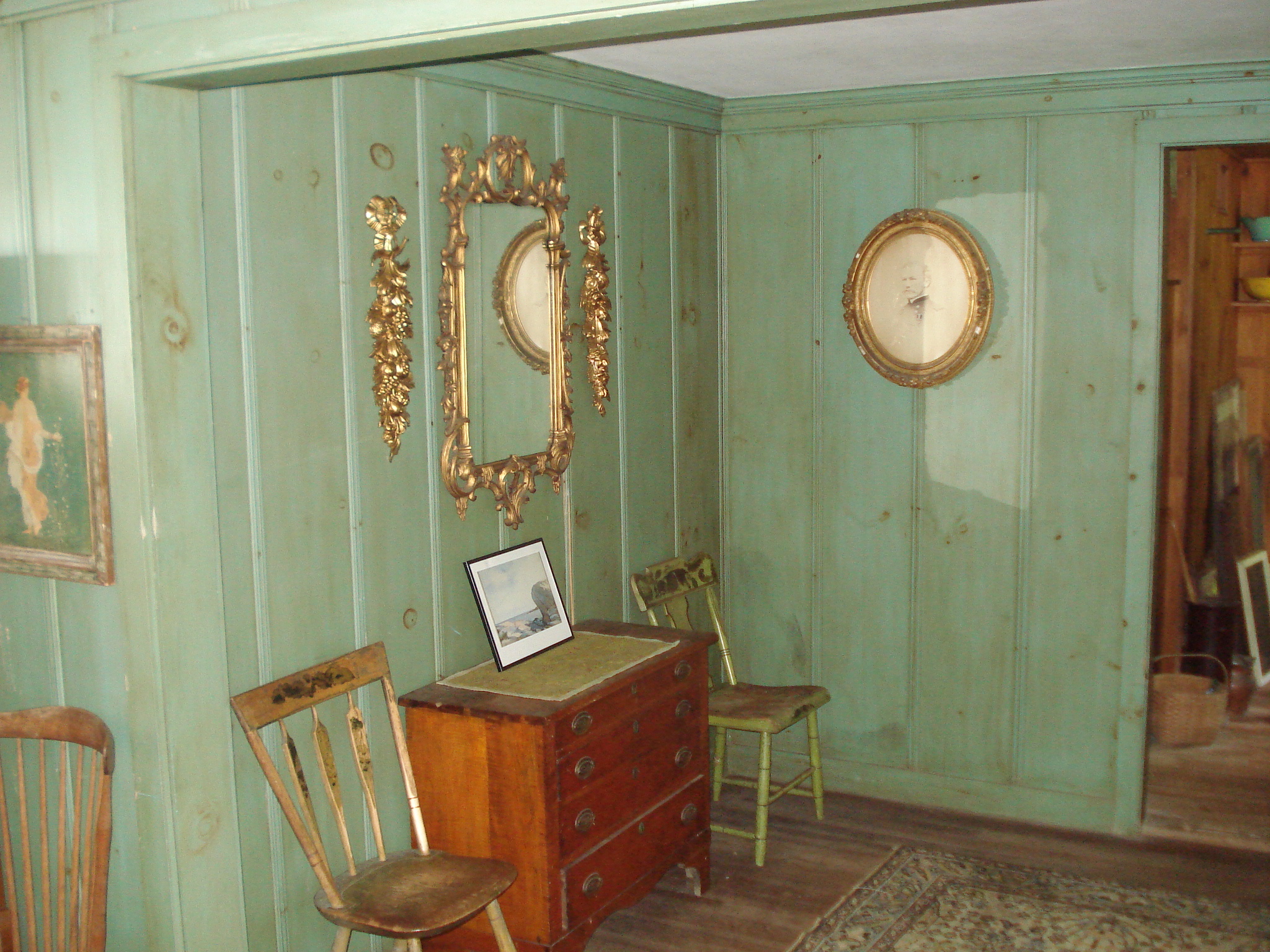

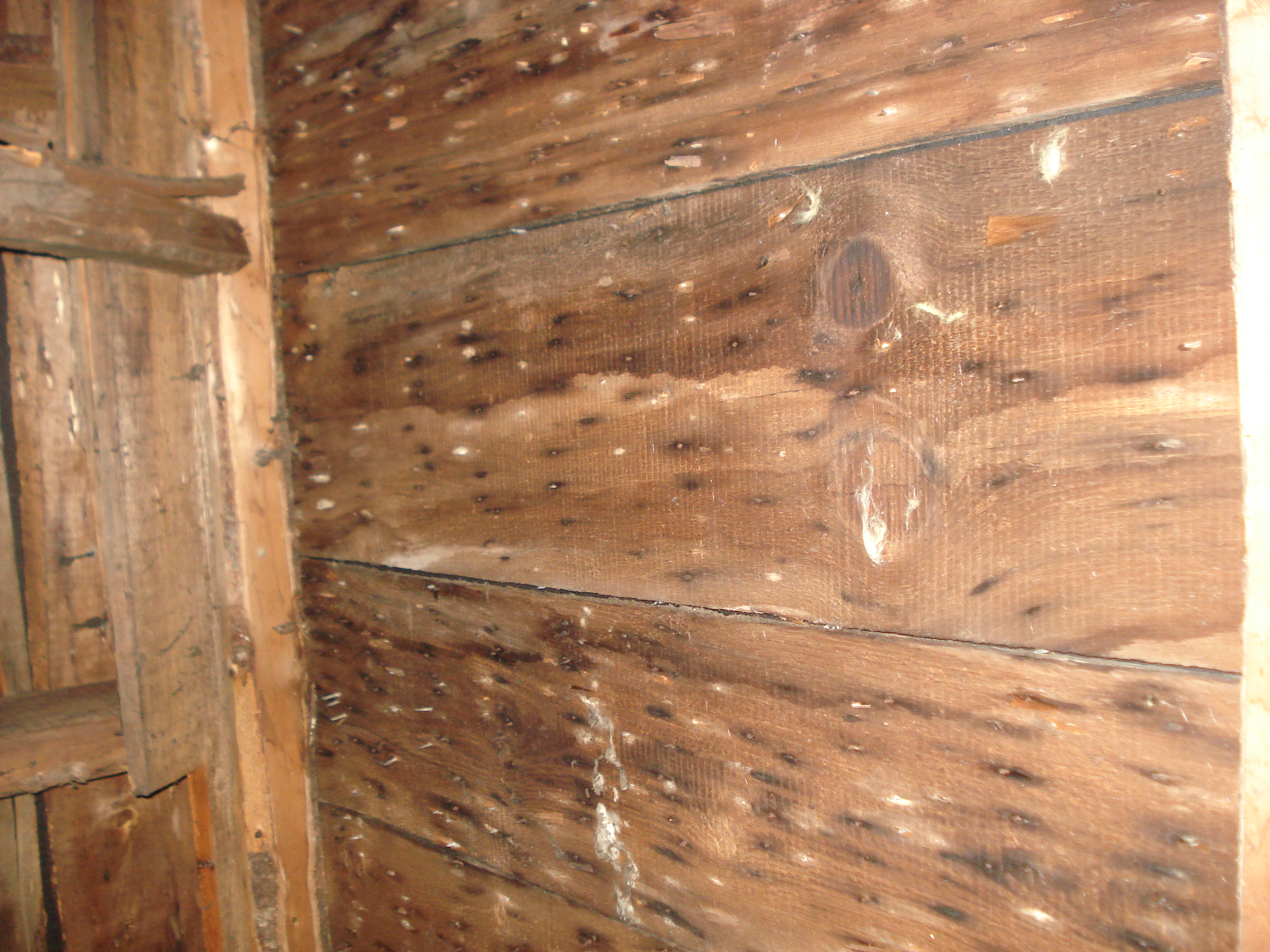
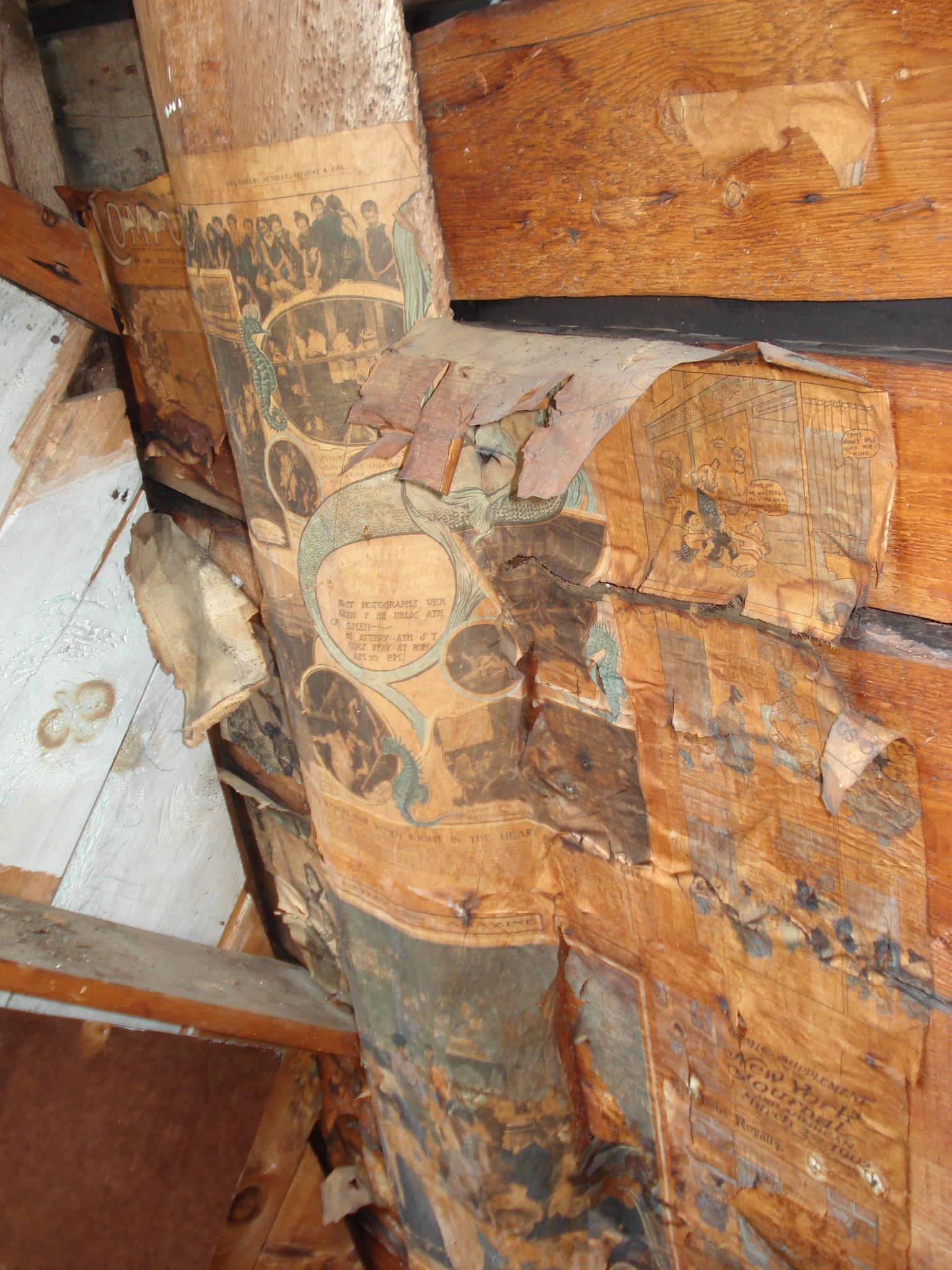
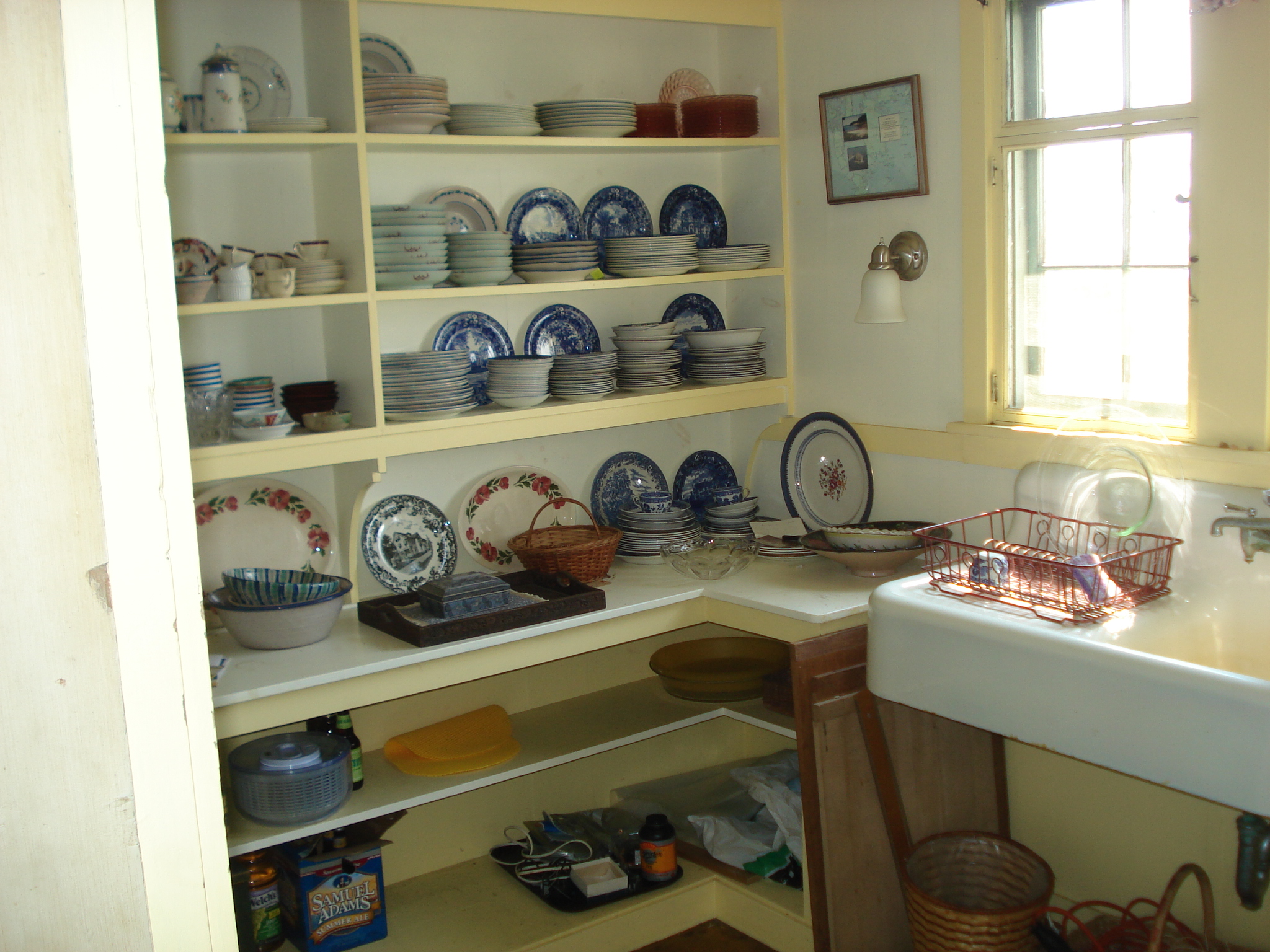

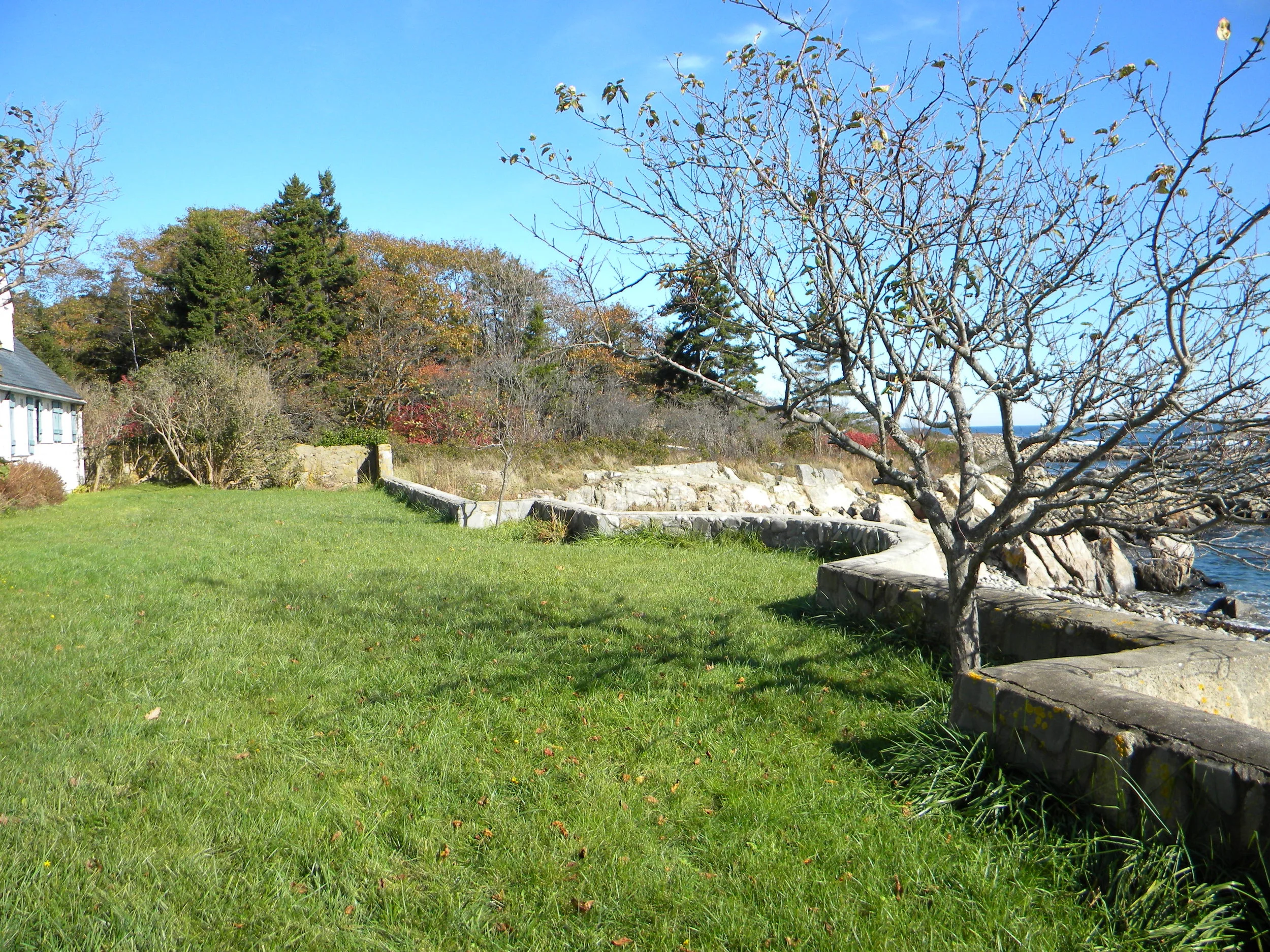
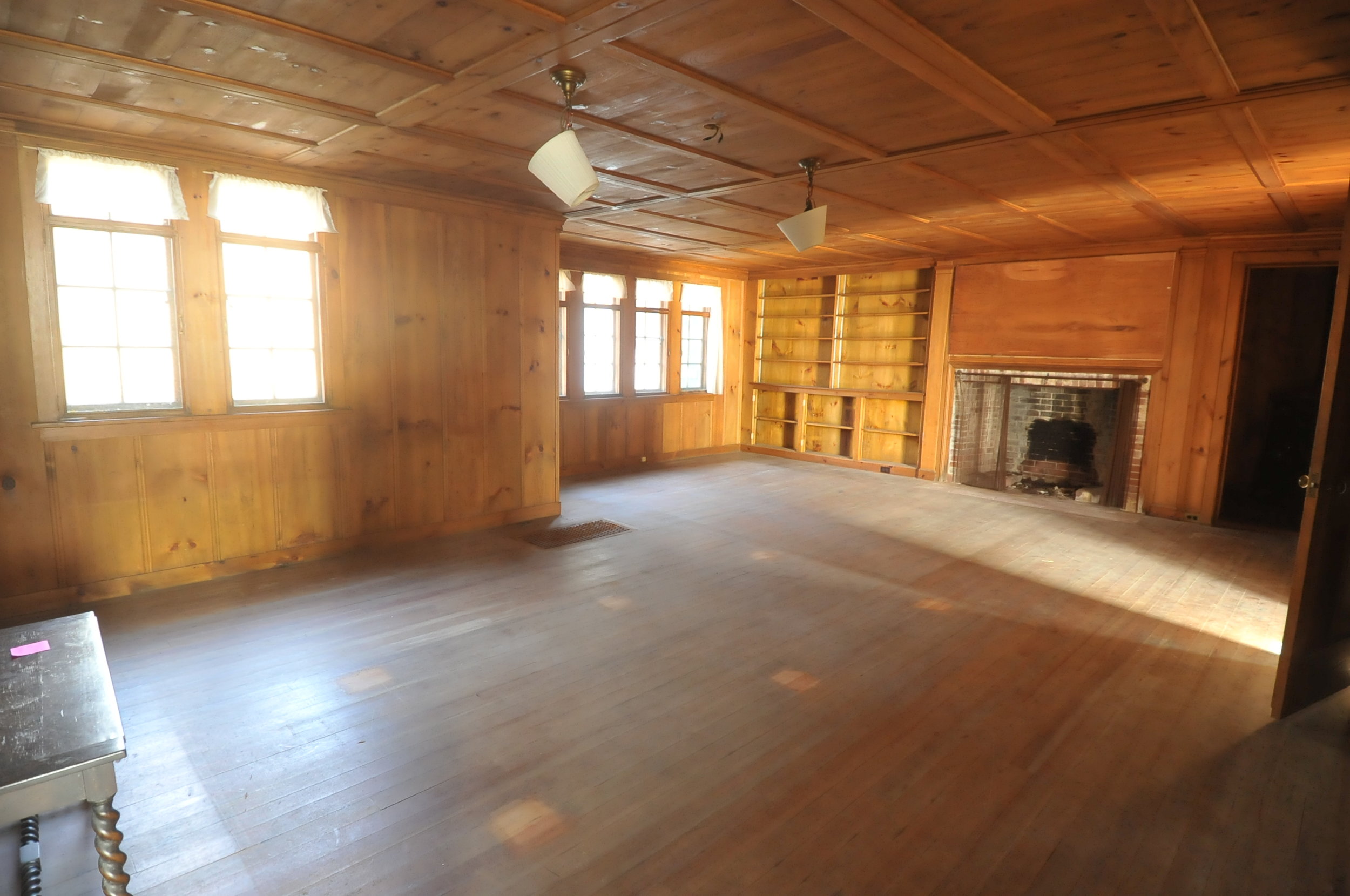

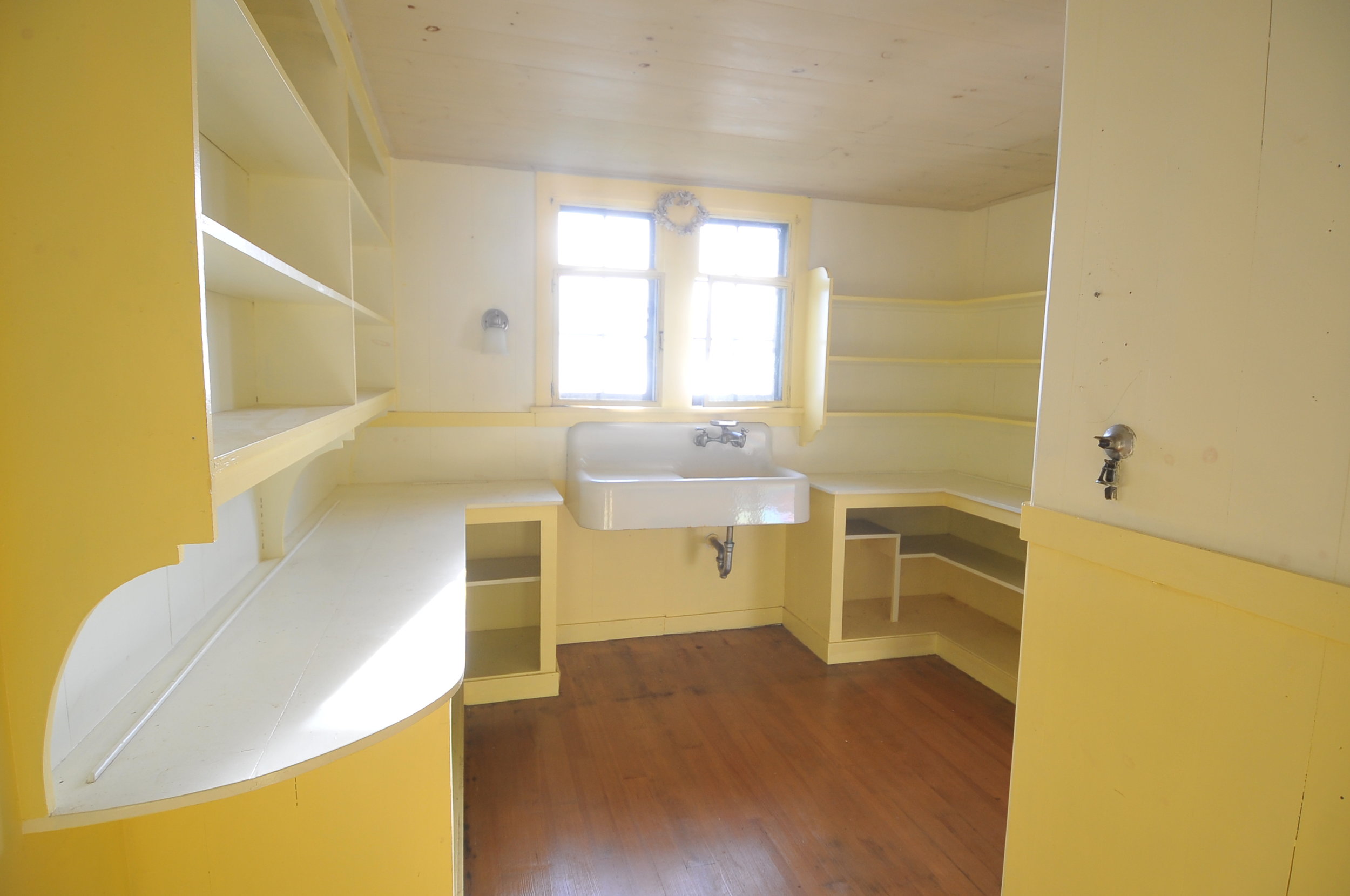
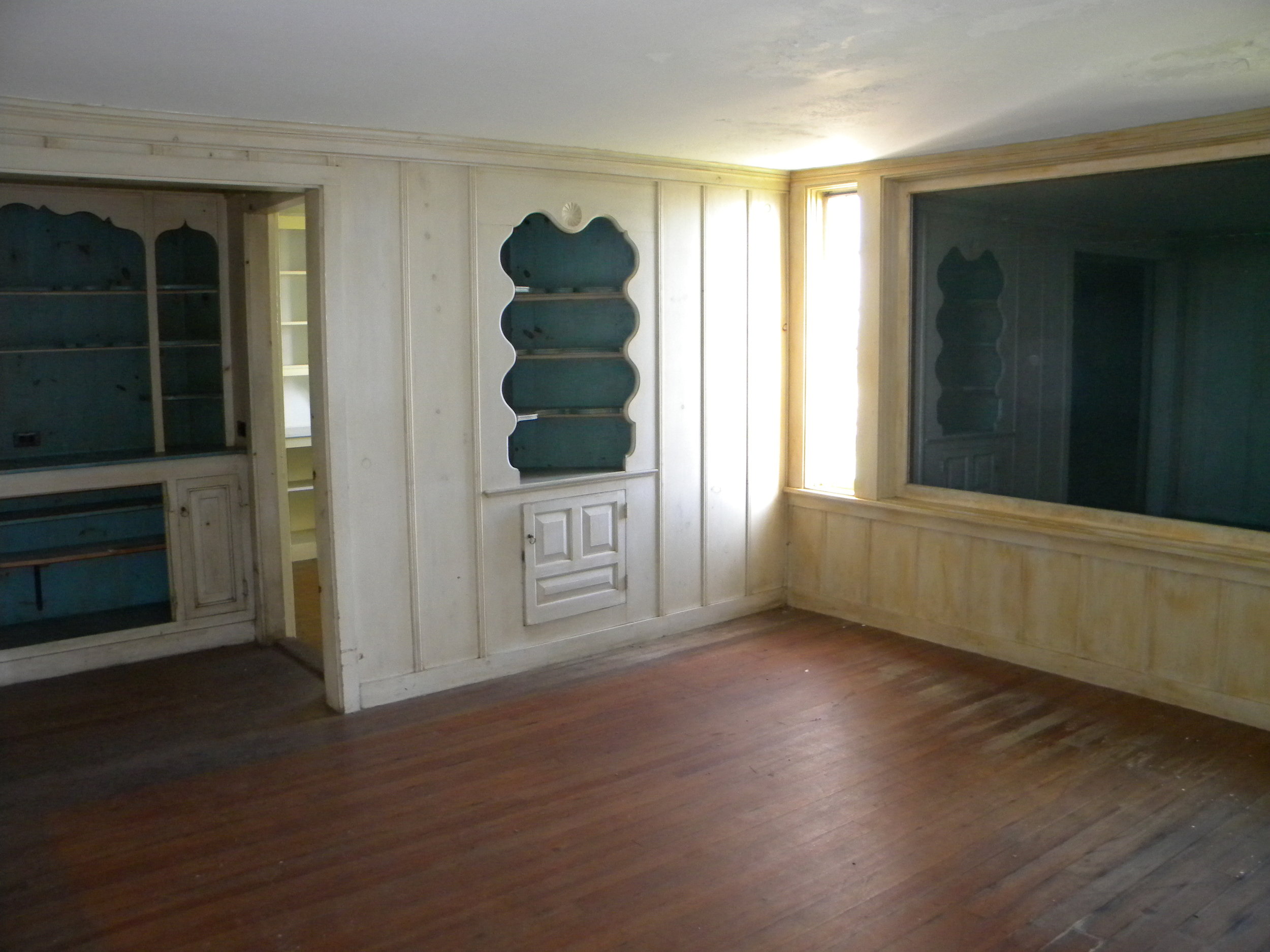
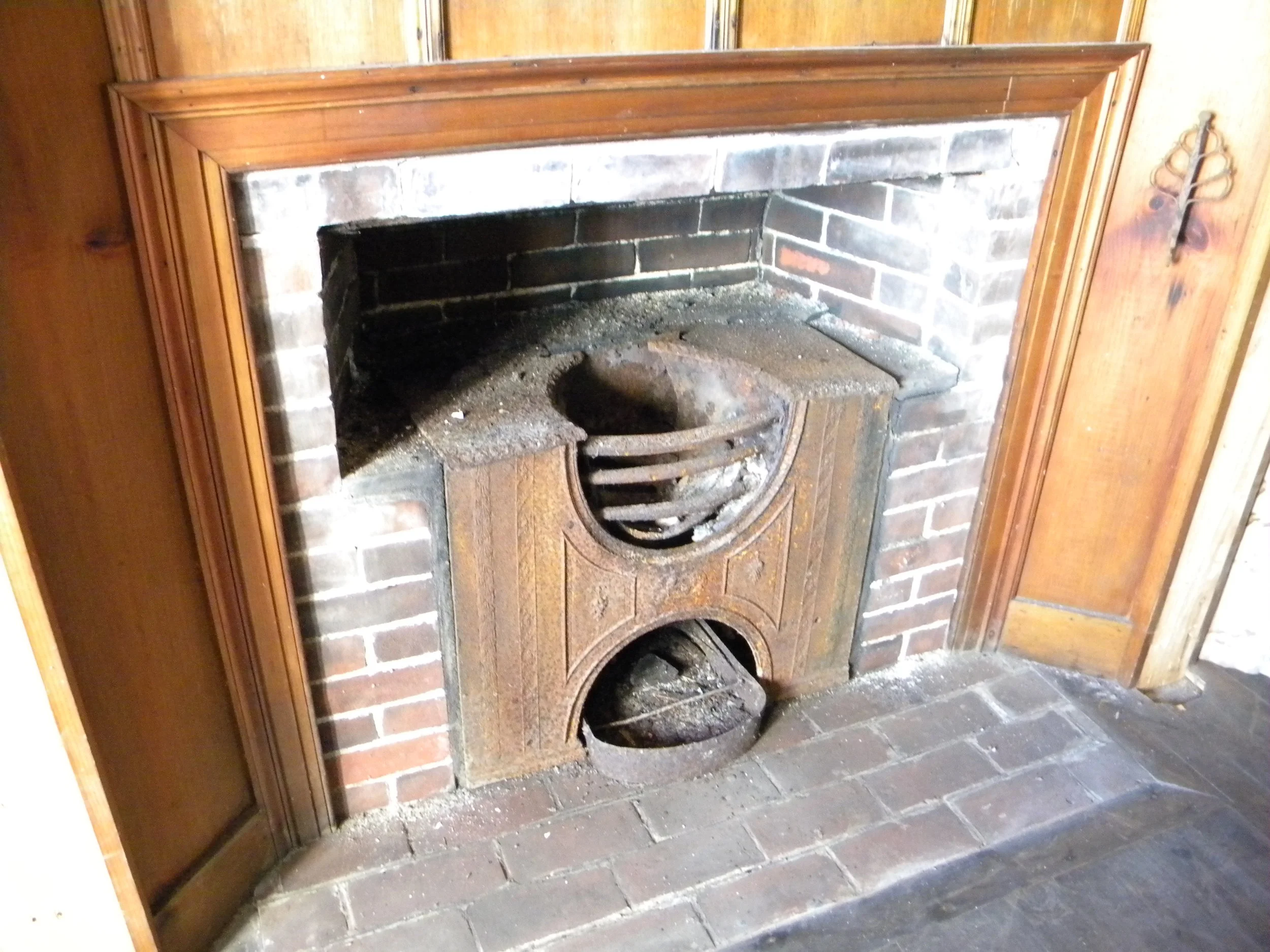
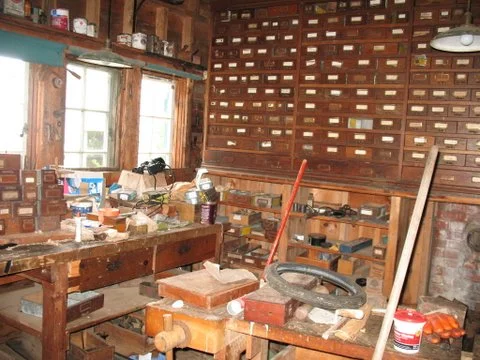
The Timber Point Peninsula, the farmhouse, and outbuildings were purchased in 1929 by Charles and Louise Parsons Ewing. Shortly after the purchase, Charles Ewing, an architect, began designing a summer cottage at the more private, far end of the point. The two-story cottage was completed in 1931 and has fourteen bedrooms. The oceanfront location of over one hundred pastoral acres is a true rarity in New England with diverse wildlife and ecosystems present on the property.
The family has retained 13 acres including the farmhouse and outbuildings on the north end of the peninsula. The 98-acre parcel purchased by the US Fish and Wildlife Service includes the Ewing Cottage on the southeastern end of the peninsula.
The ecosystems on the property have so developed in the context of the buildings and the use of the residents that have accompanied them over the past 80+ years. If people are totally removed from the peninsula, then the ecosystem will change. This use has also kept the this elegantly designed and laid-out cottage active and well maintained. Continuing a reasonable use of the cottage while managing the natural environment around it would retain the high quality that both now possess. Without active use, the condition of the cottage will inevitably decline, hastened by its location overlooking the ocean. Maine Preservation and the Maine Historic Preservation Commission have not been informed about what is currently being planned for this National Register-eligible property and how it will be protected and preserved for future use.
Maine Preservation is prepared to offer a small Matching Seed Grant of $500 to begin the funding for a comprehensive assessment for the cottage at Timber Point.
Cynthia Martinez (USFWS, Conserving the Future) stated, “The habitats we manage are intertwined with the greater landscape. Thus, we have to connect”. According to Majora Carter, Executive Director, Conserving the Future, we have to “bring unconventional partners into our fabric of interest”.
Historic preservation in collaborative partnership with FWS fulfills these mandates.


